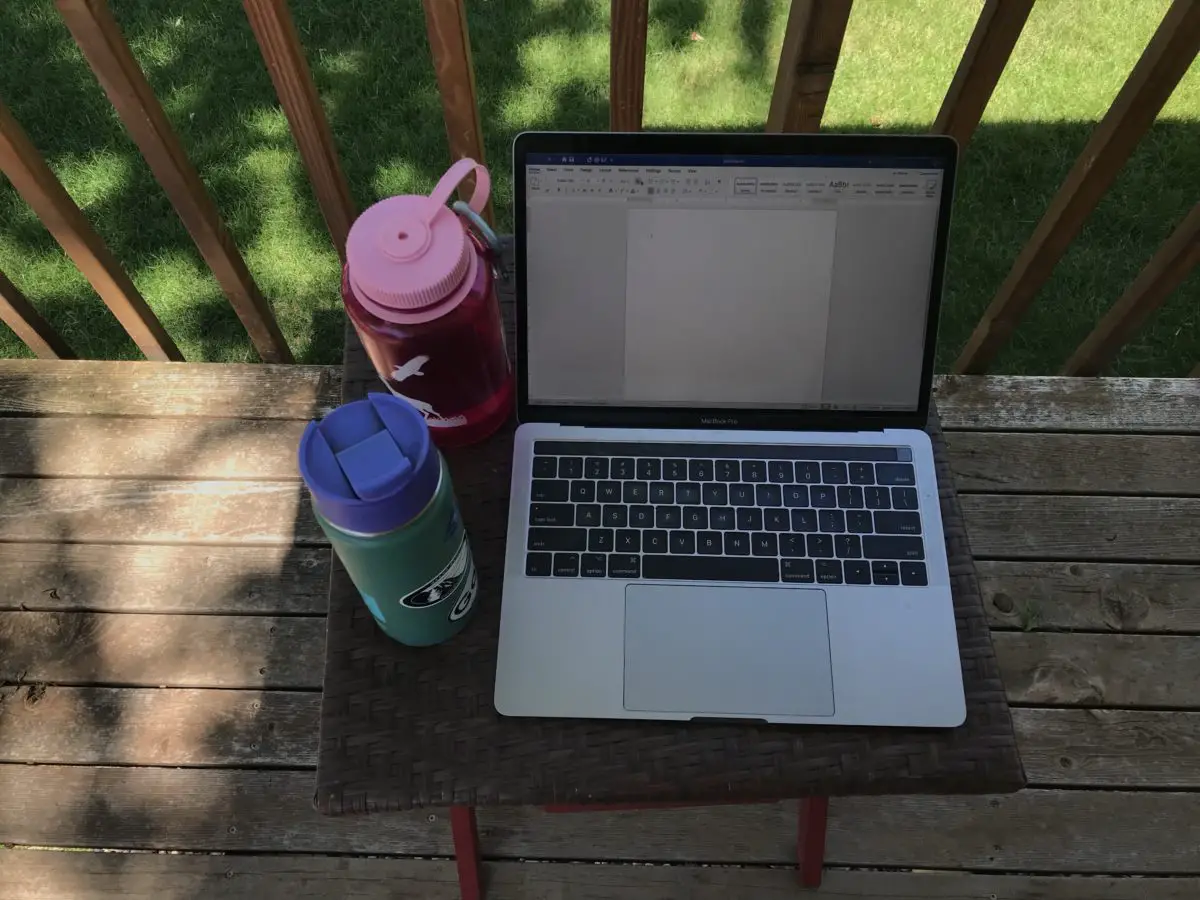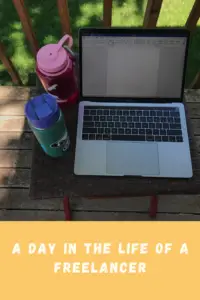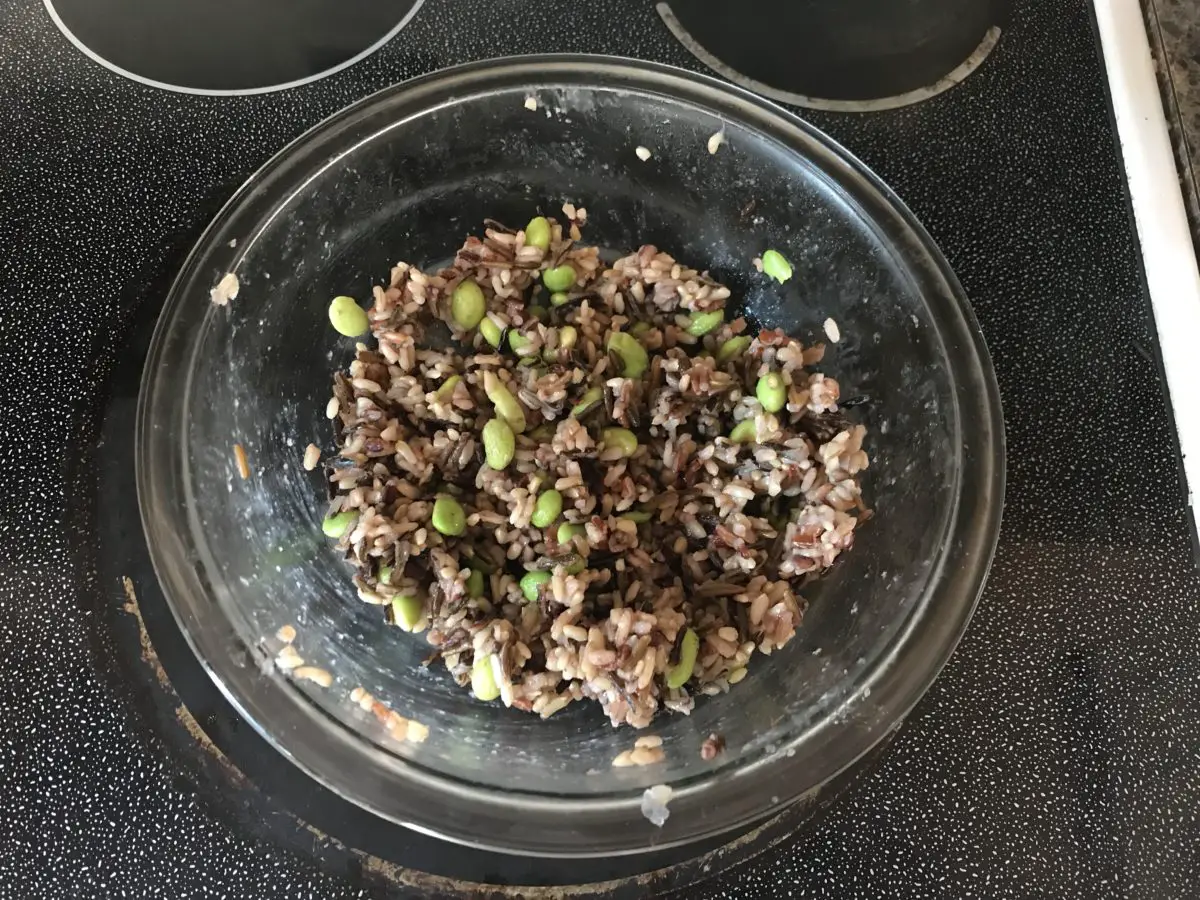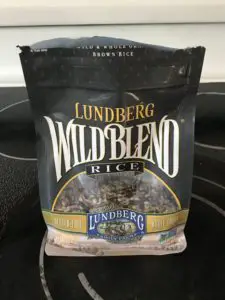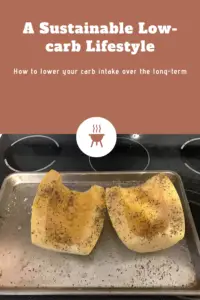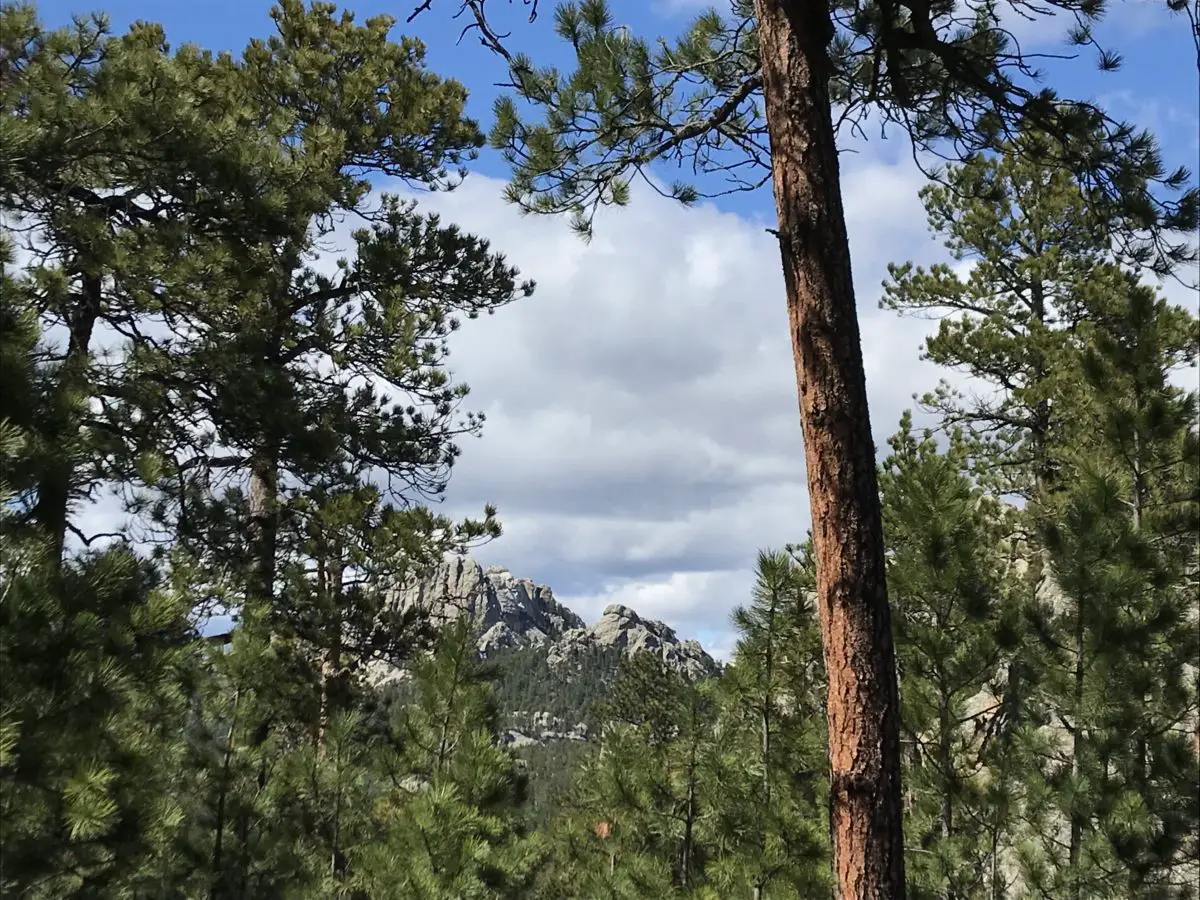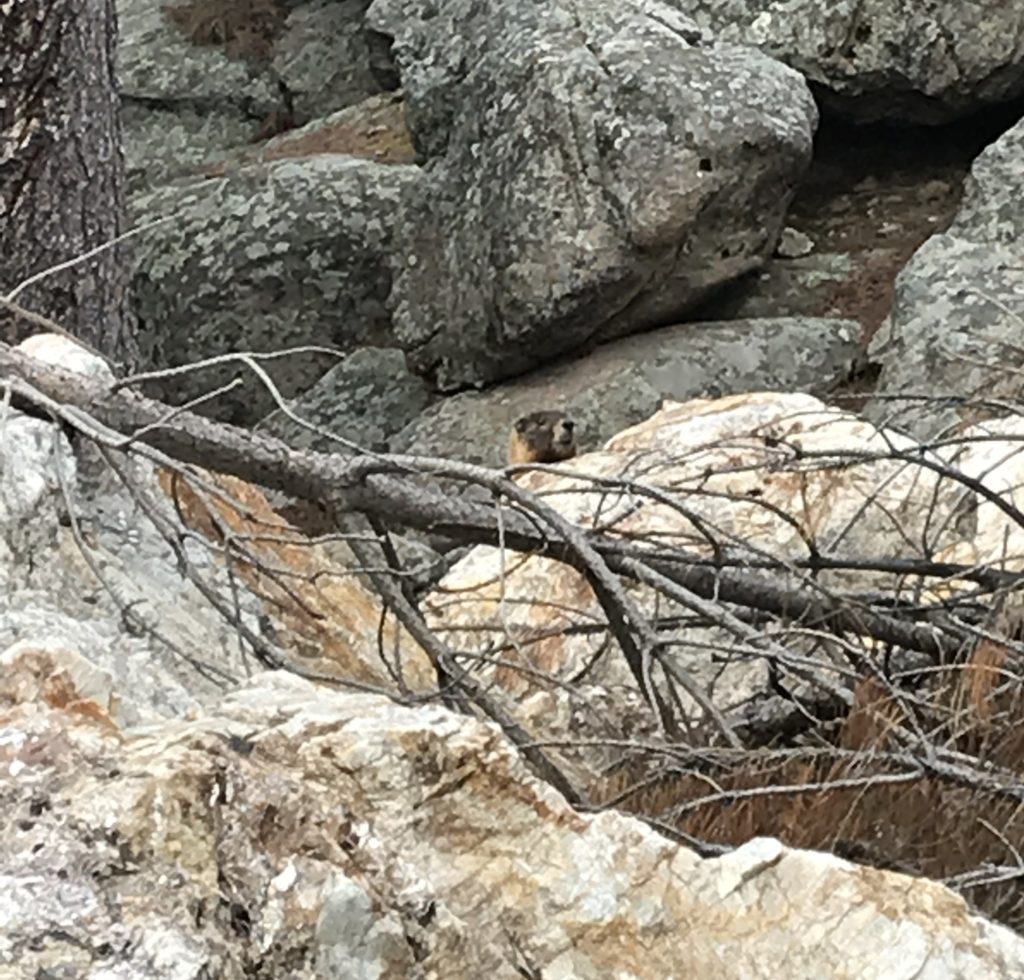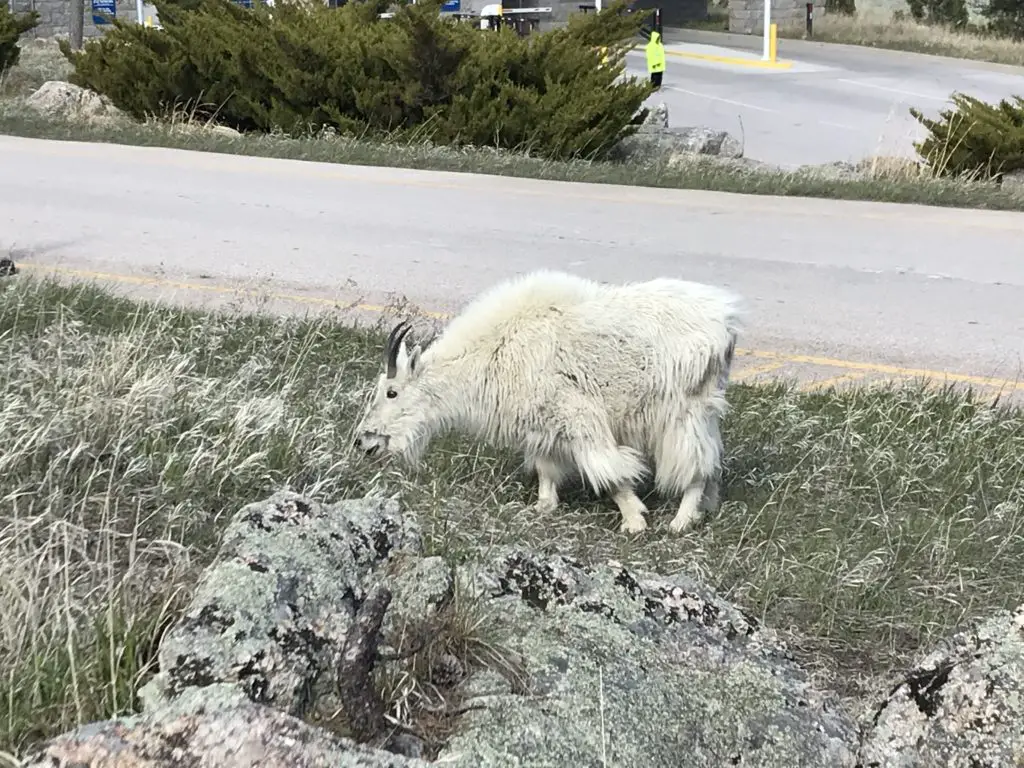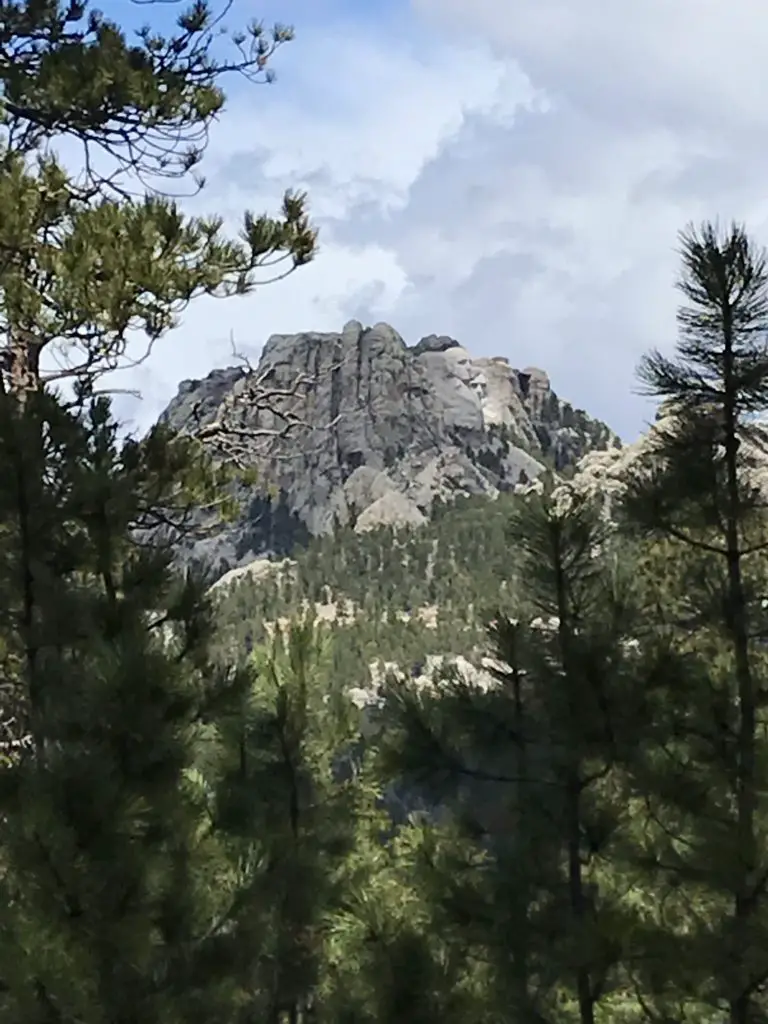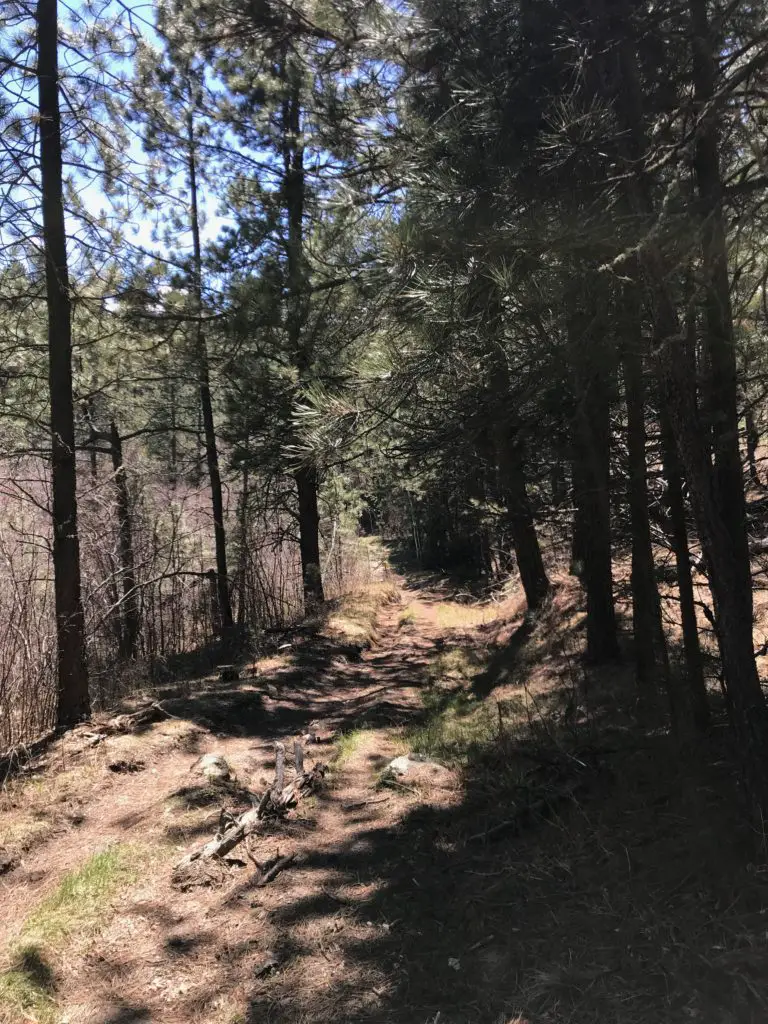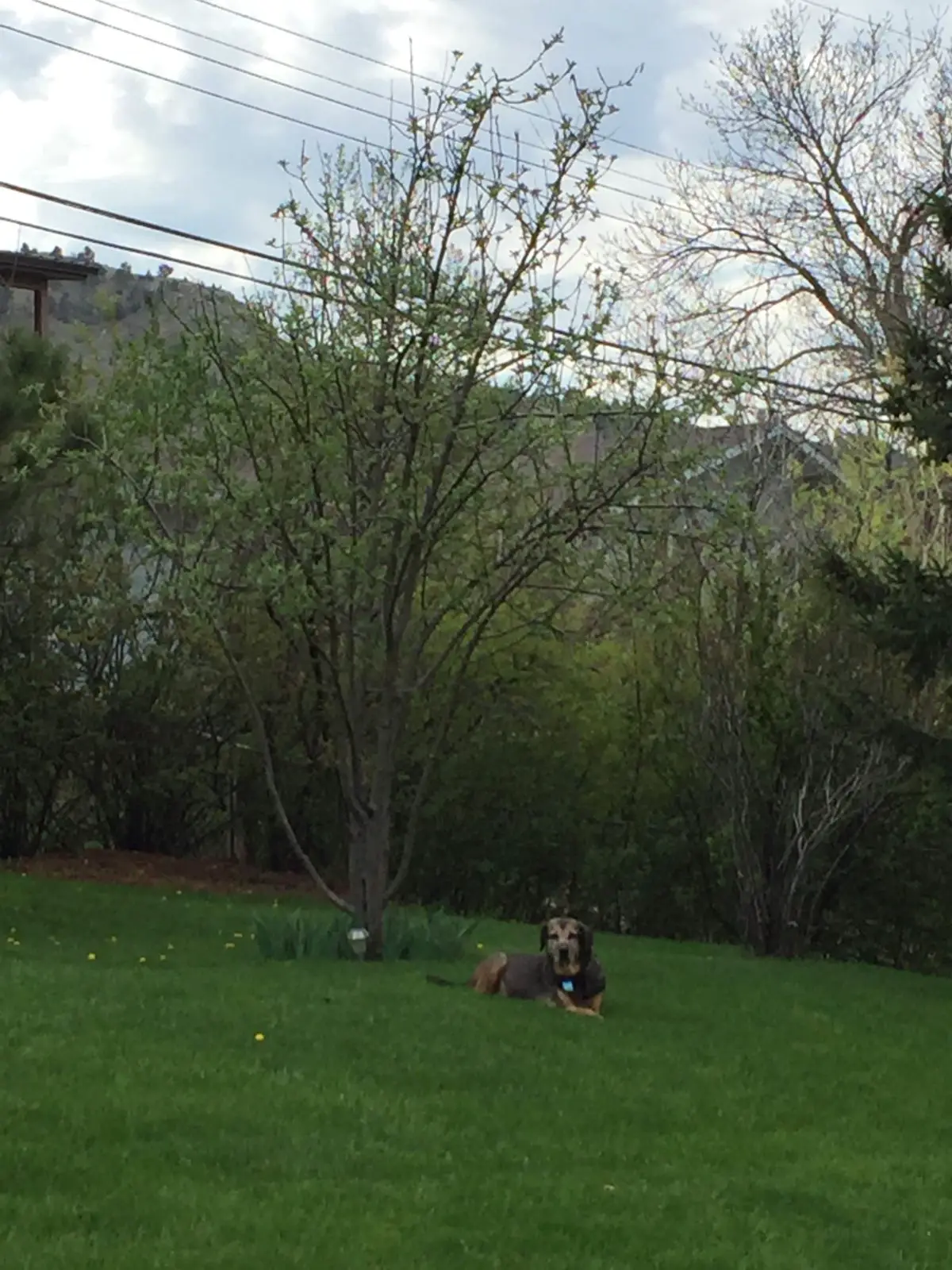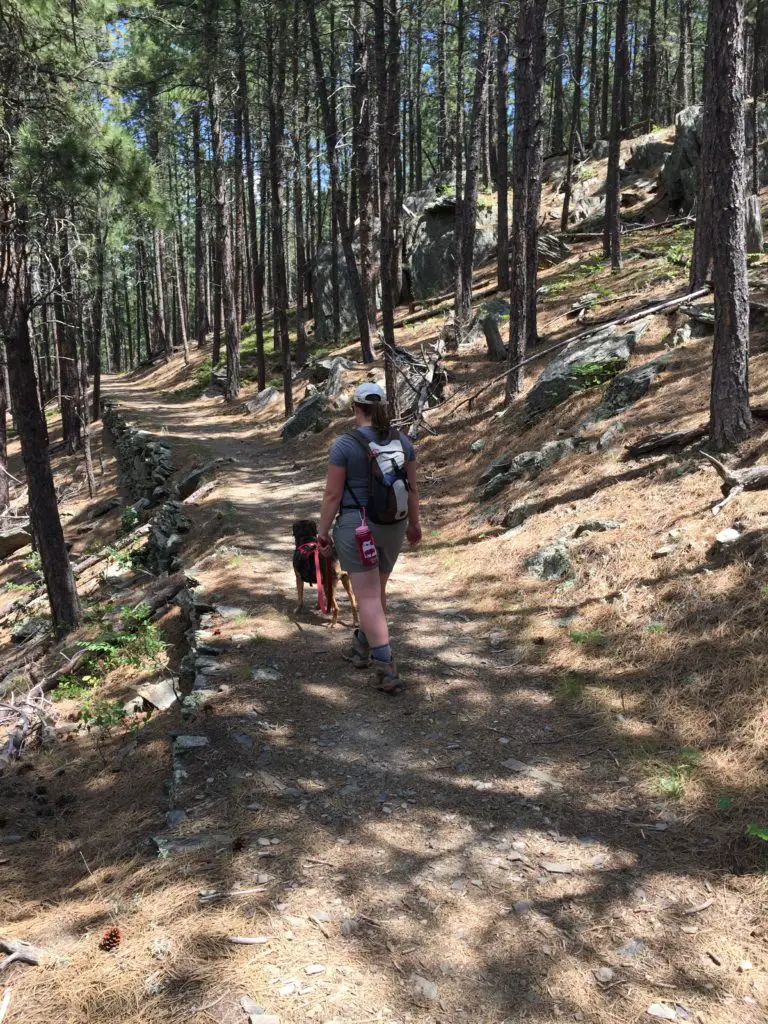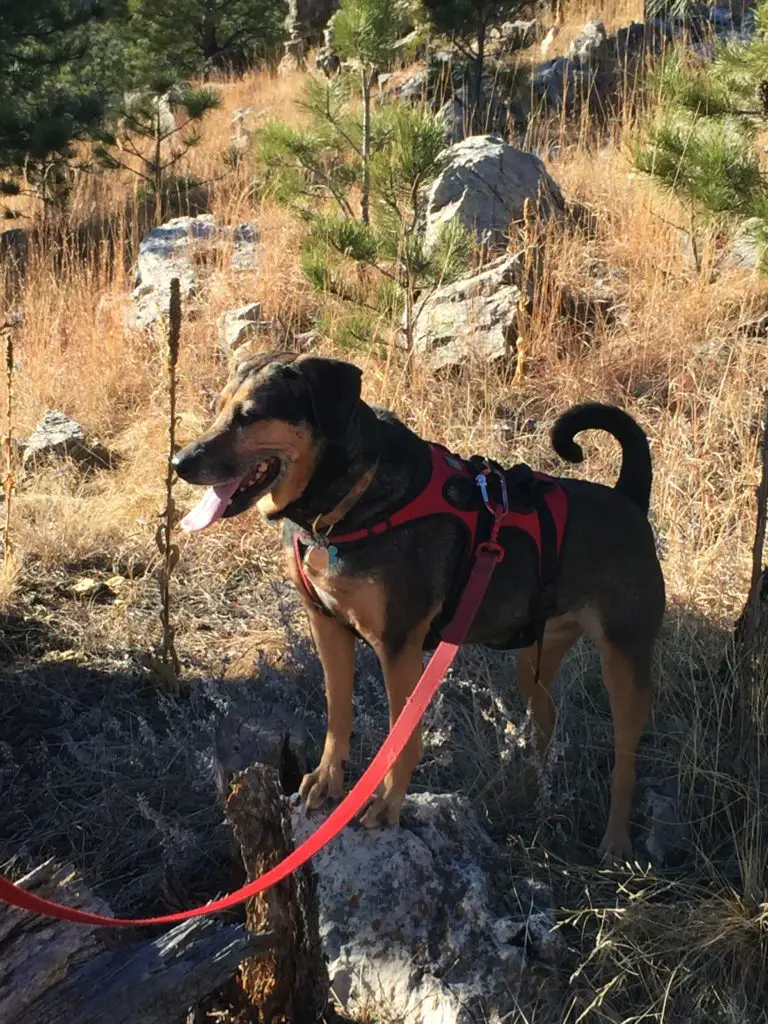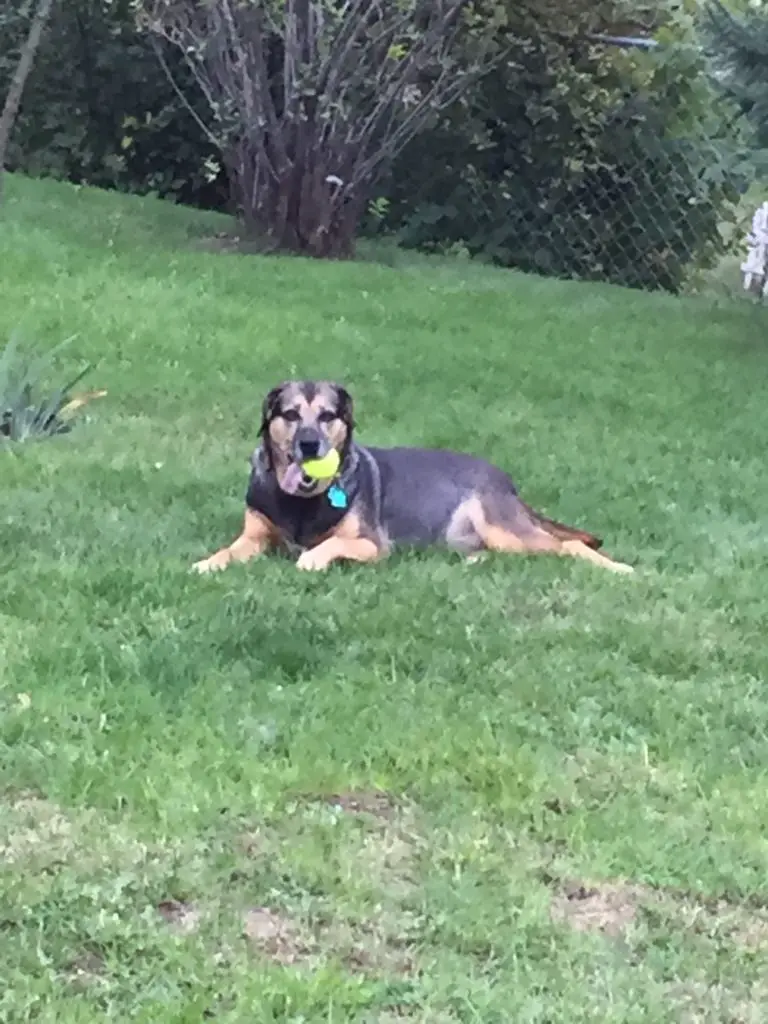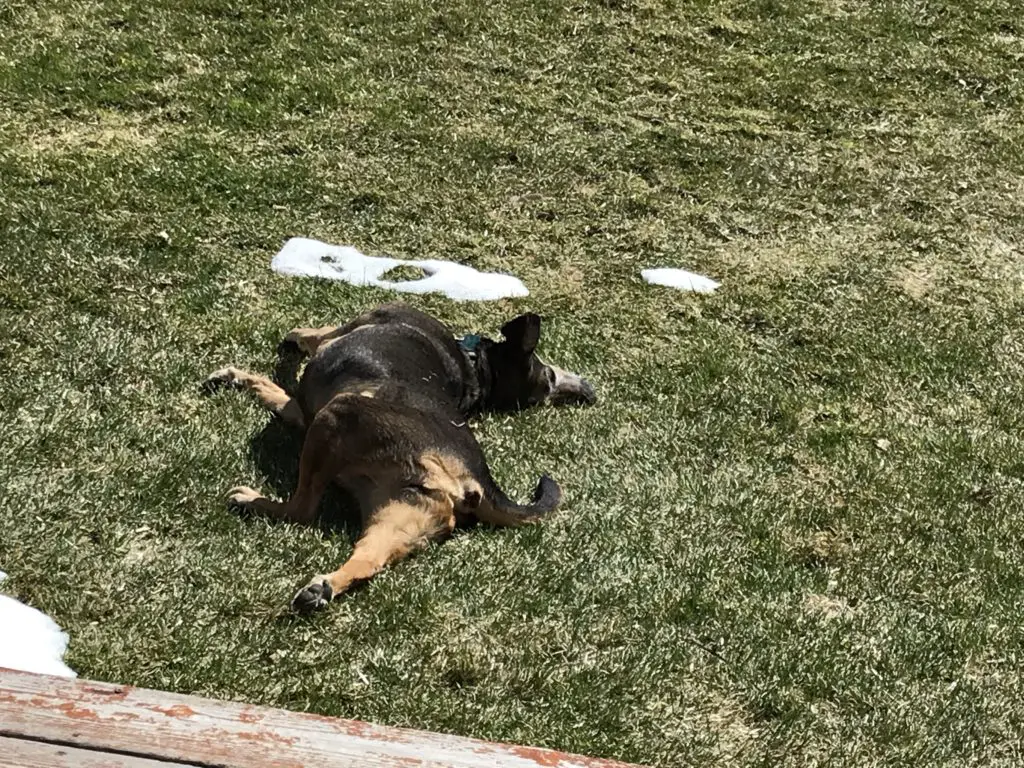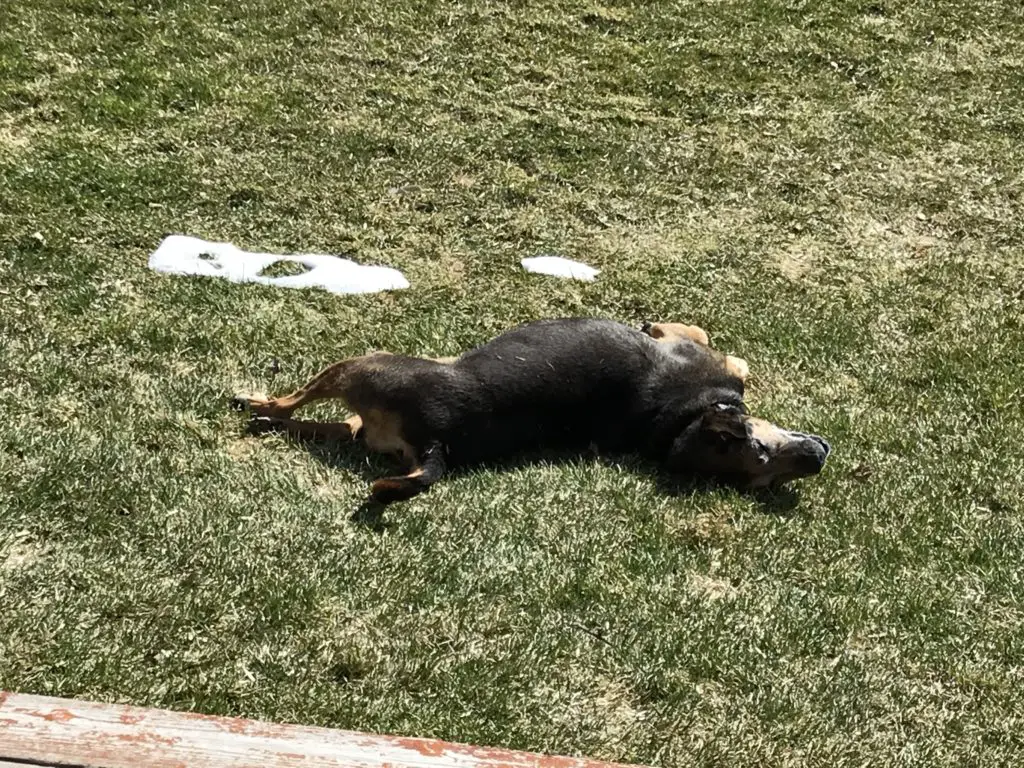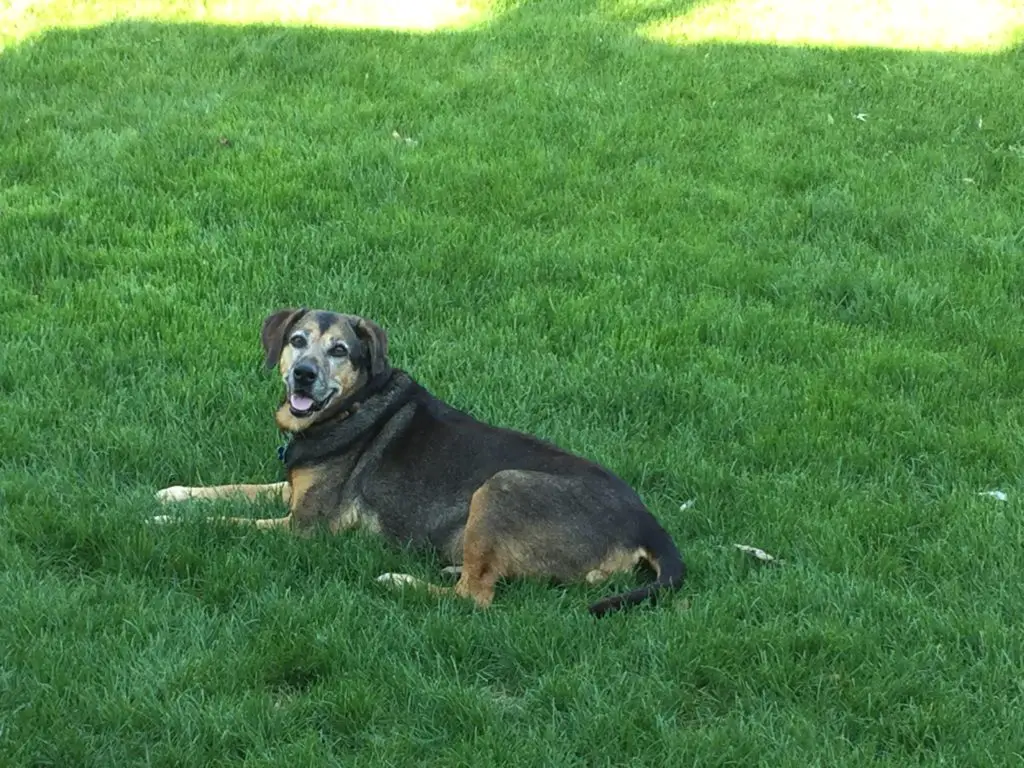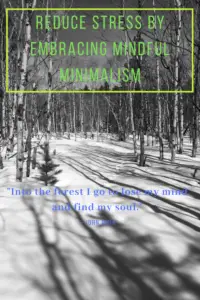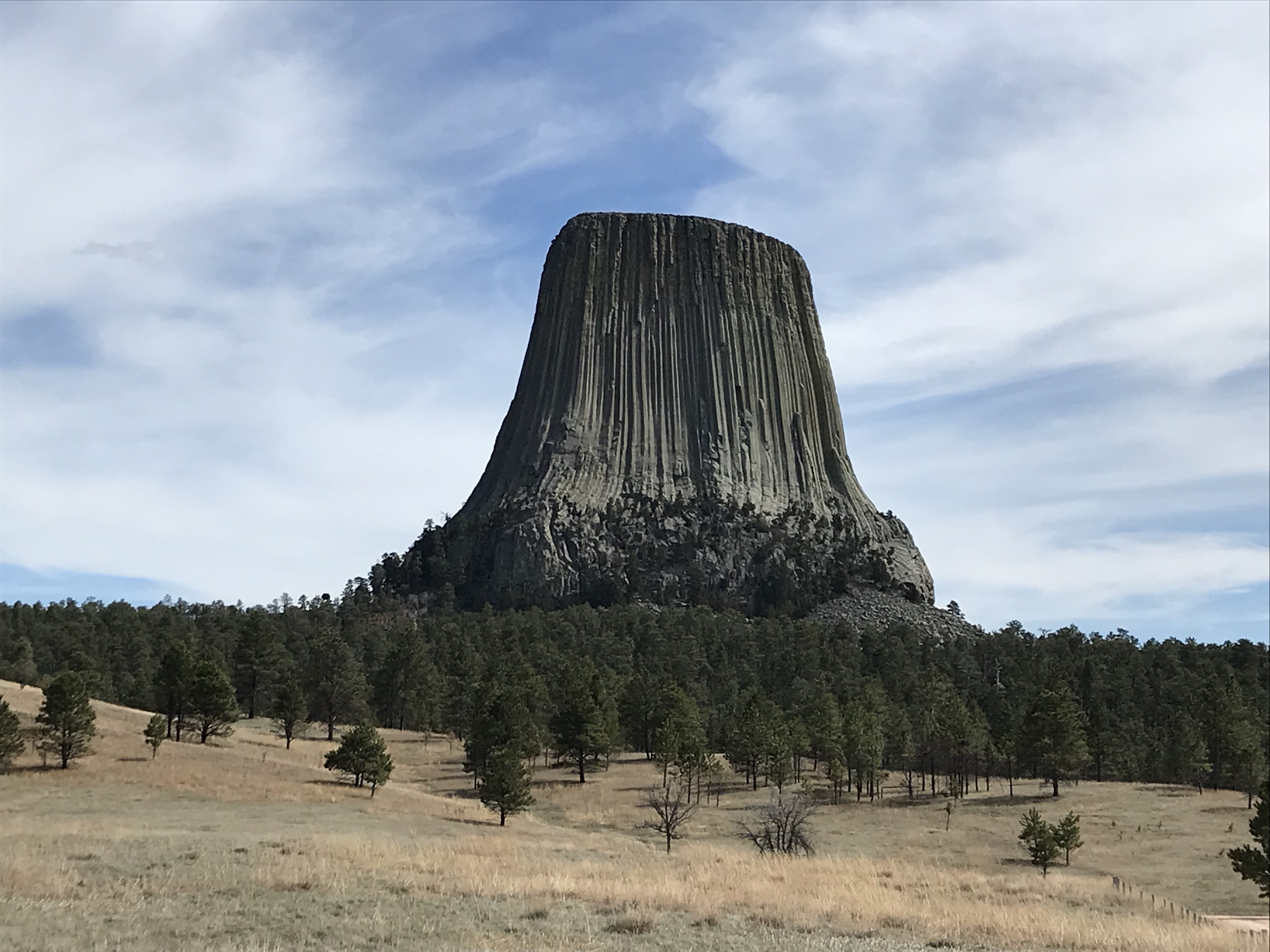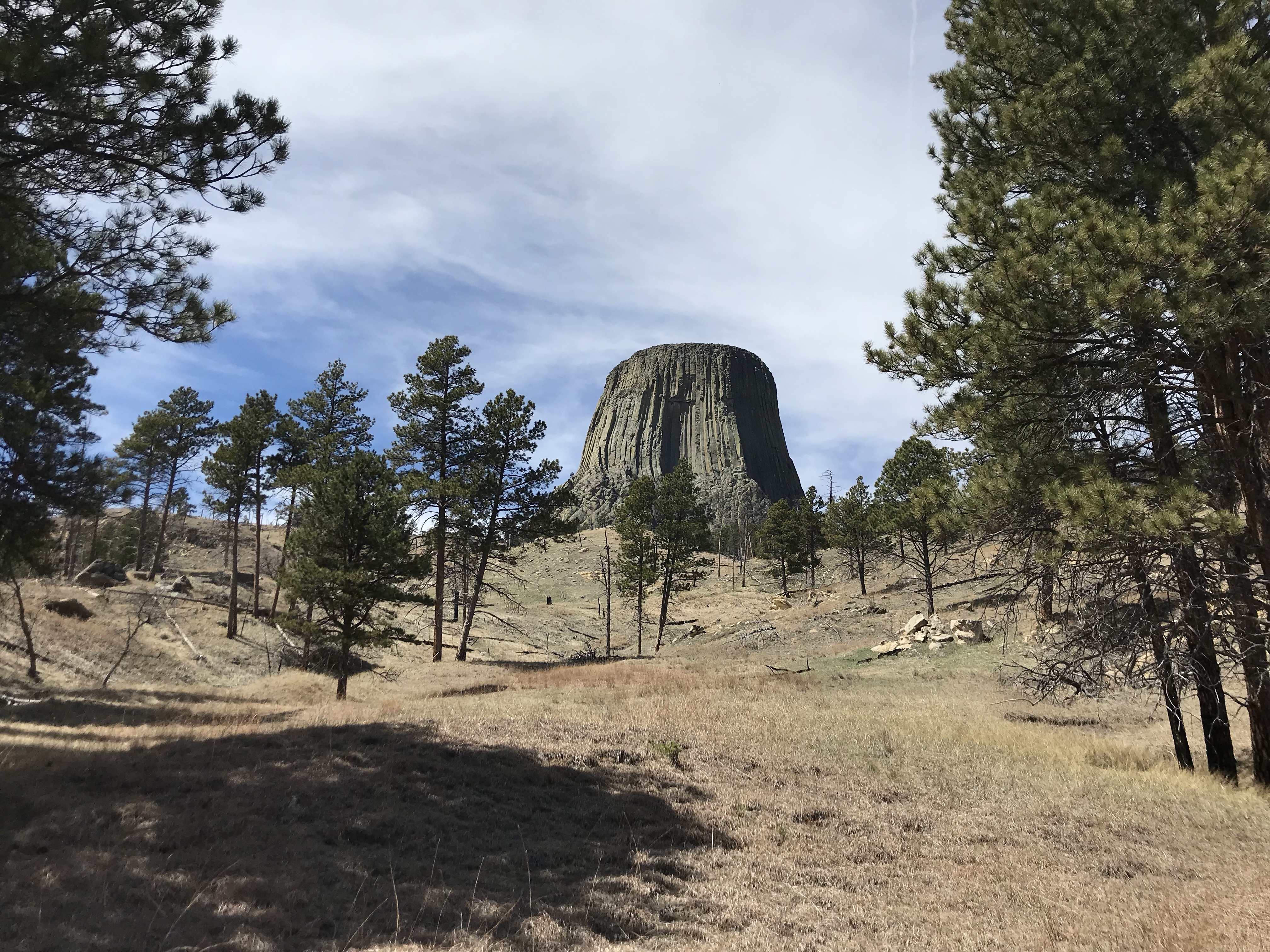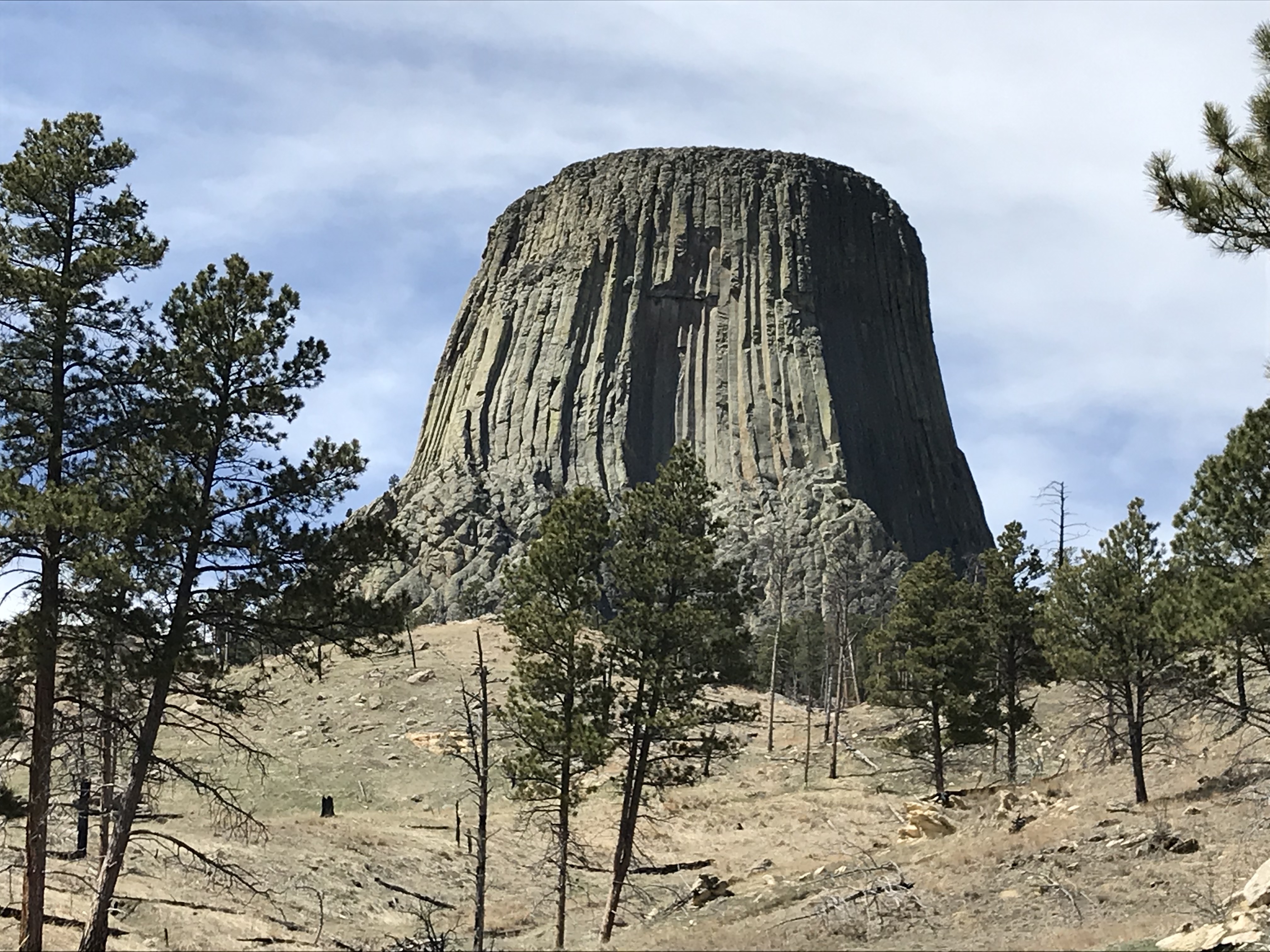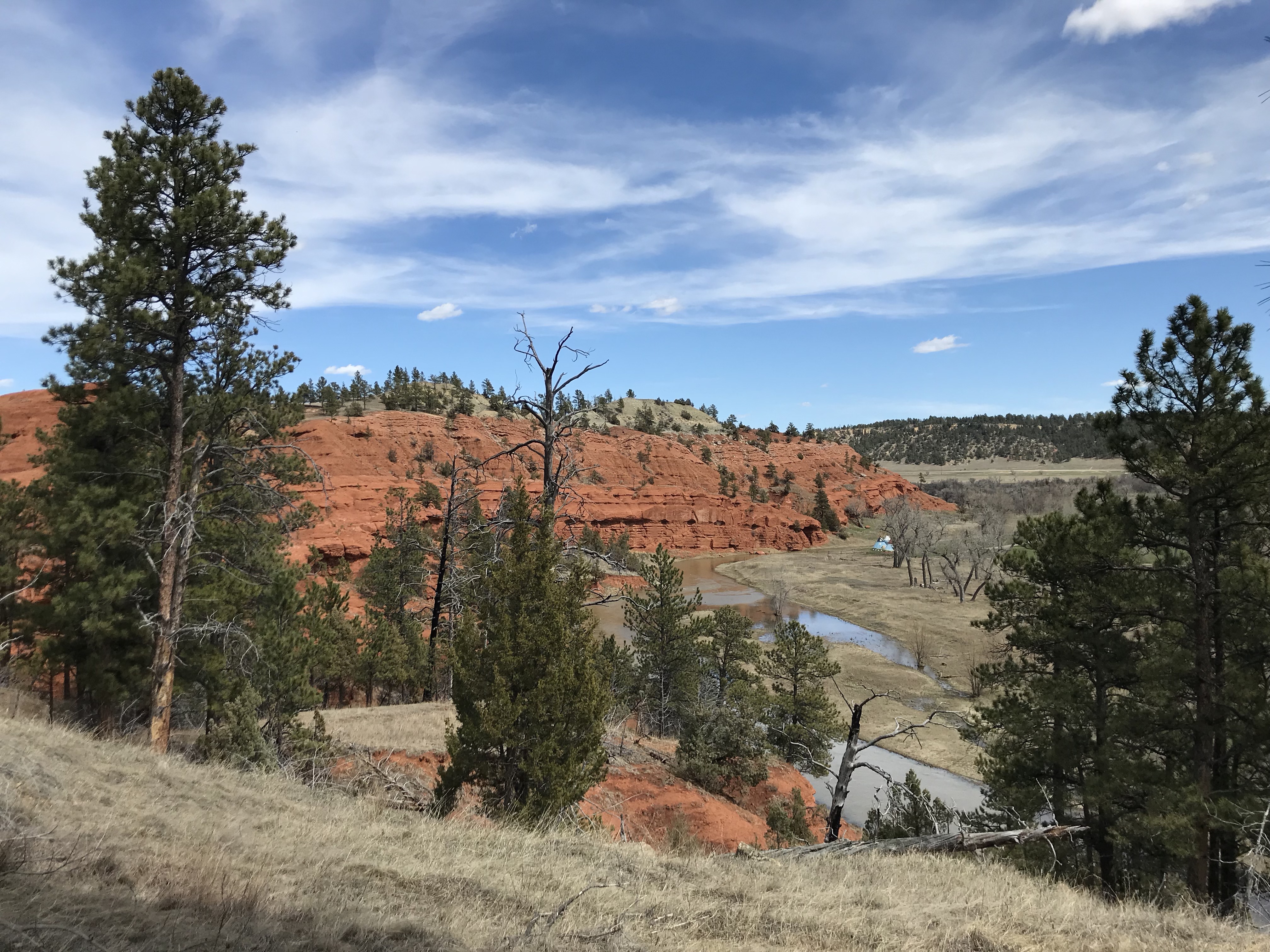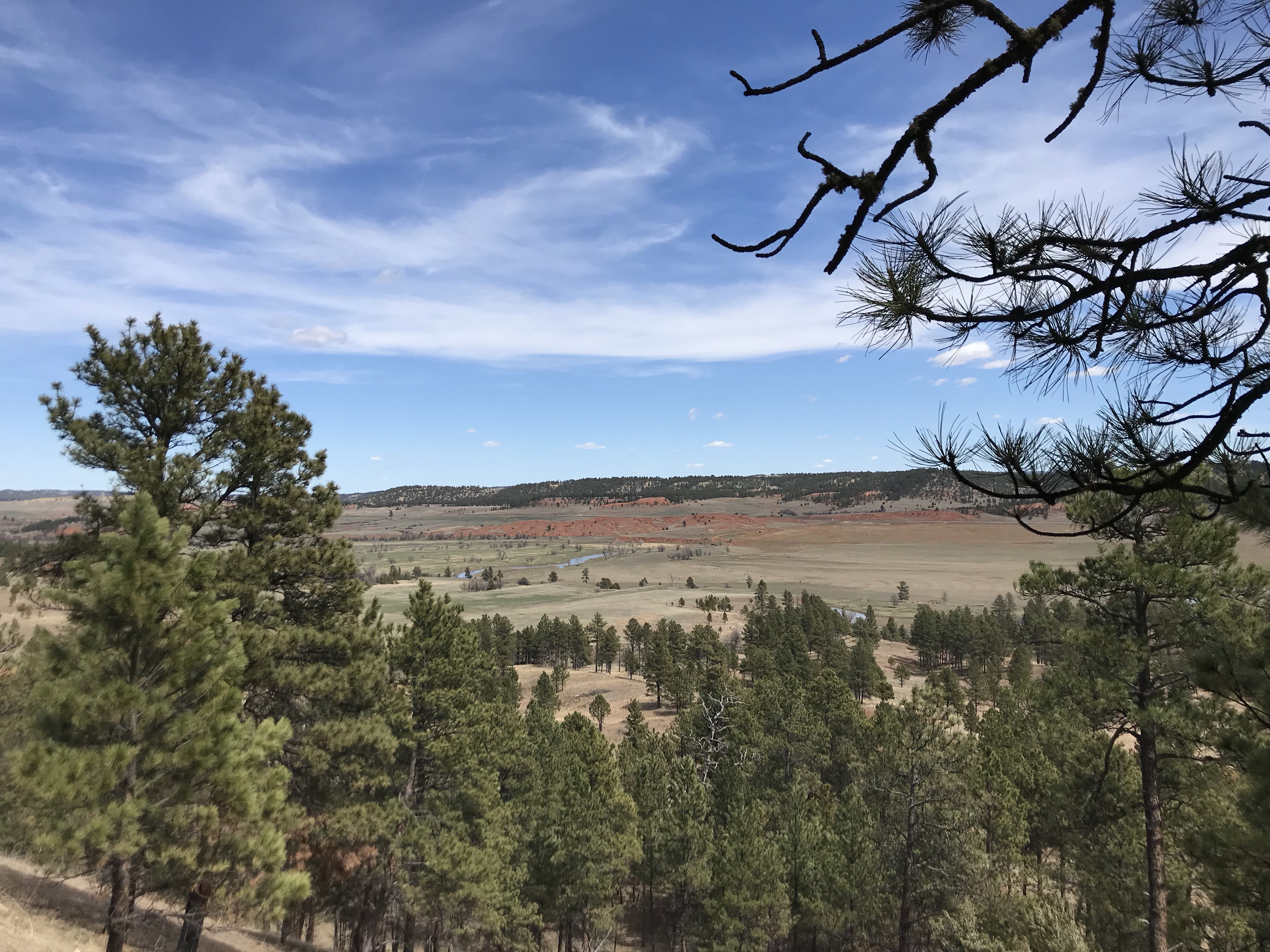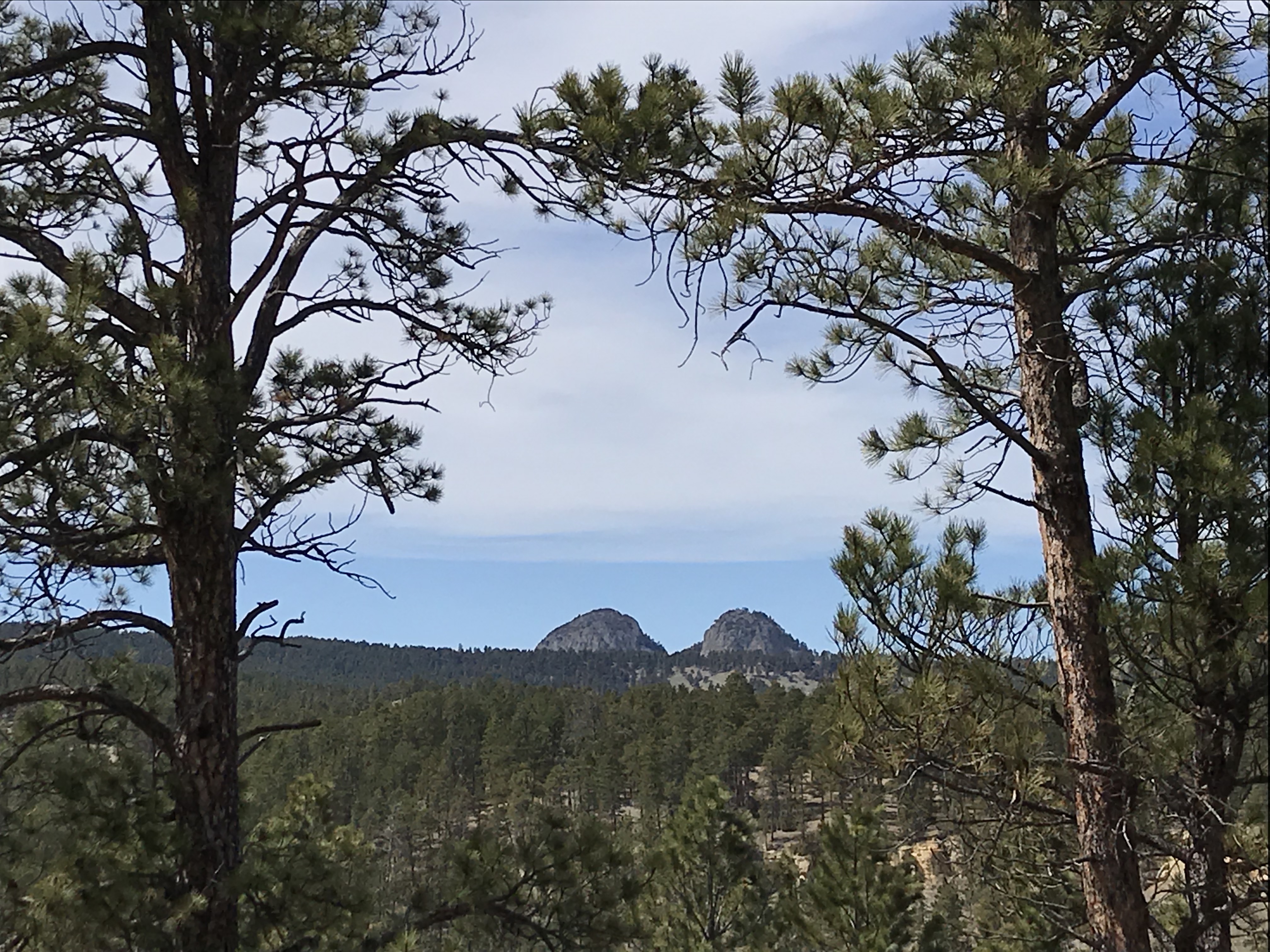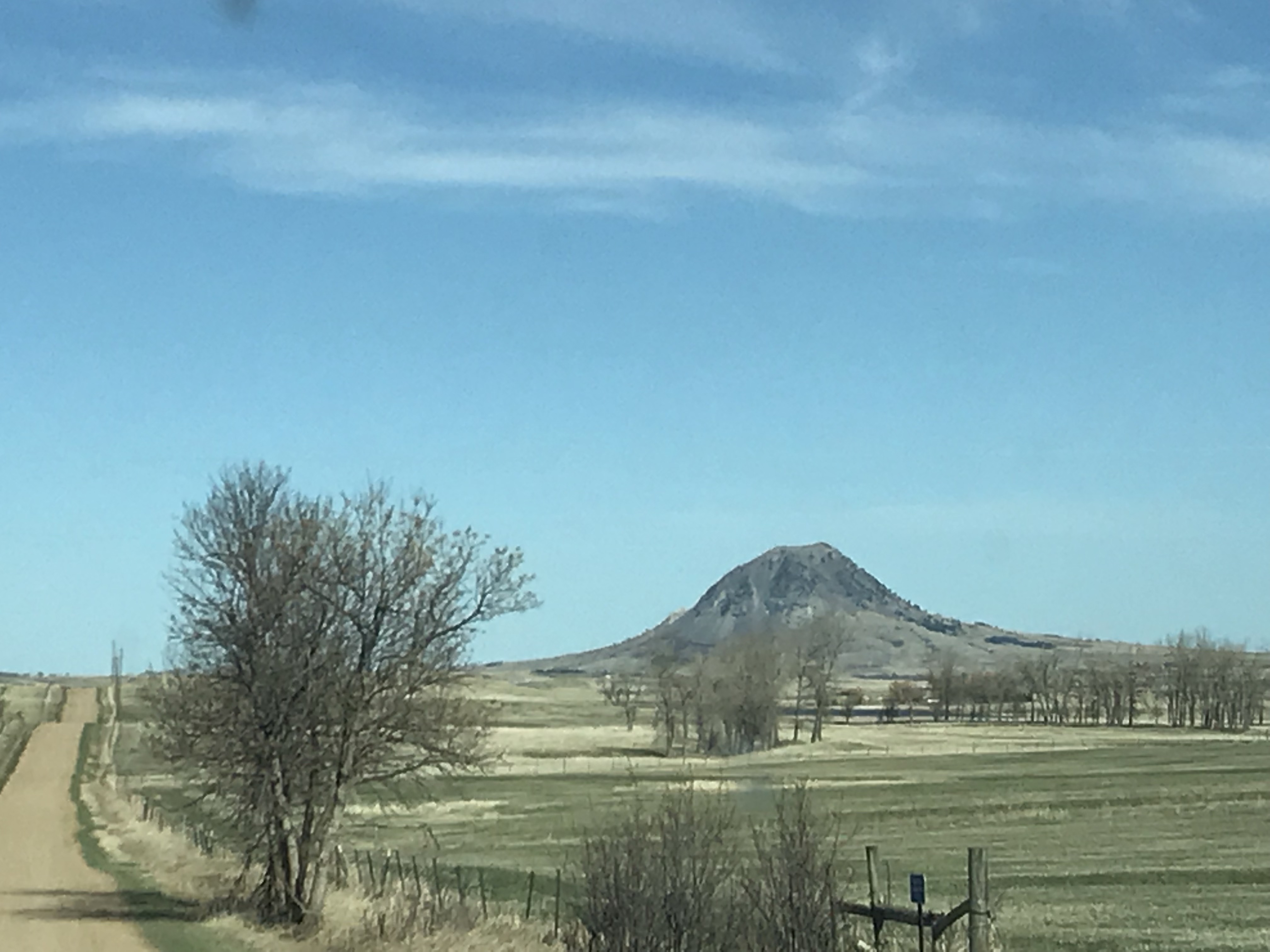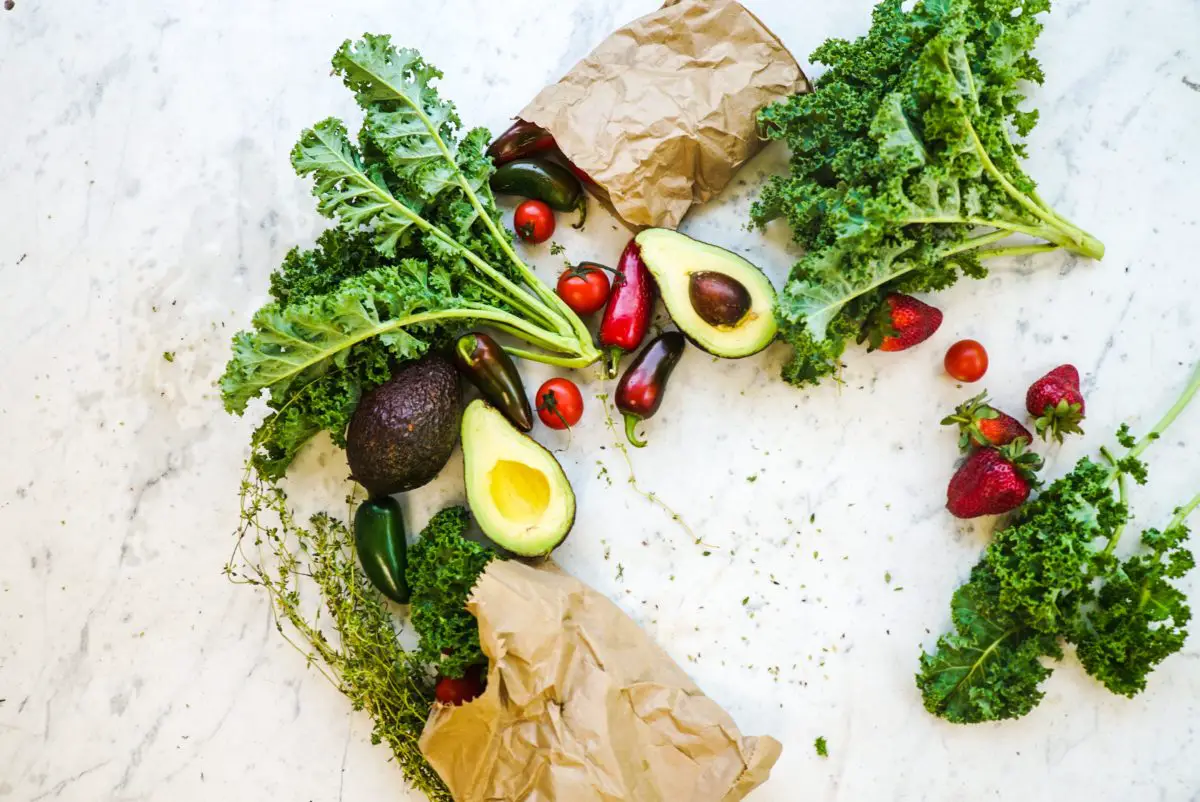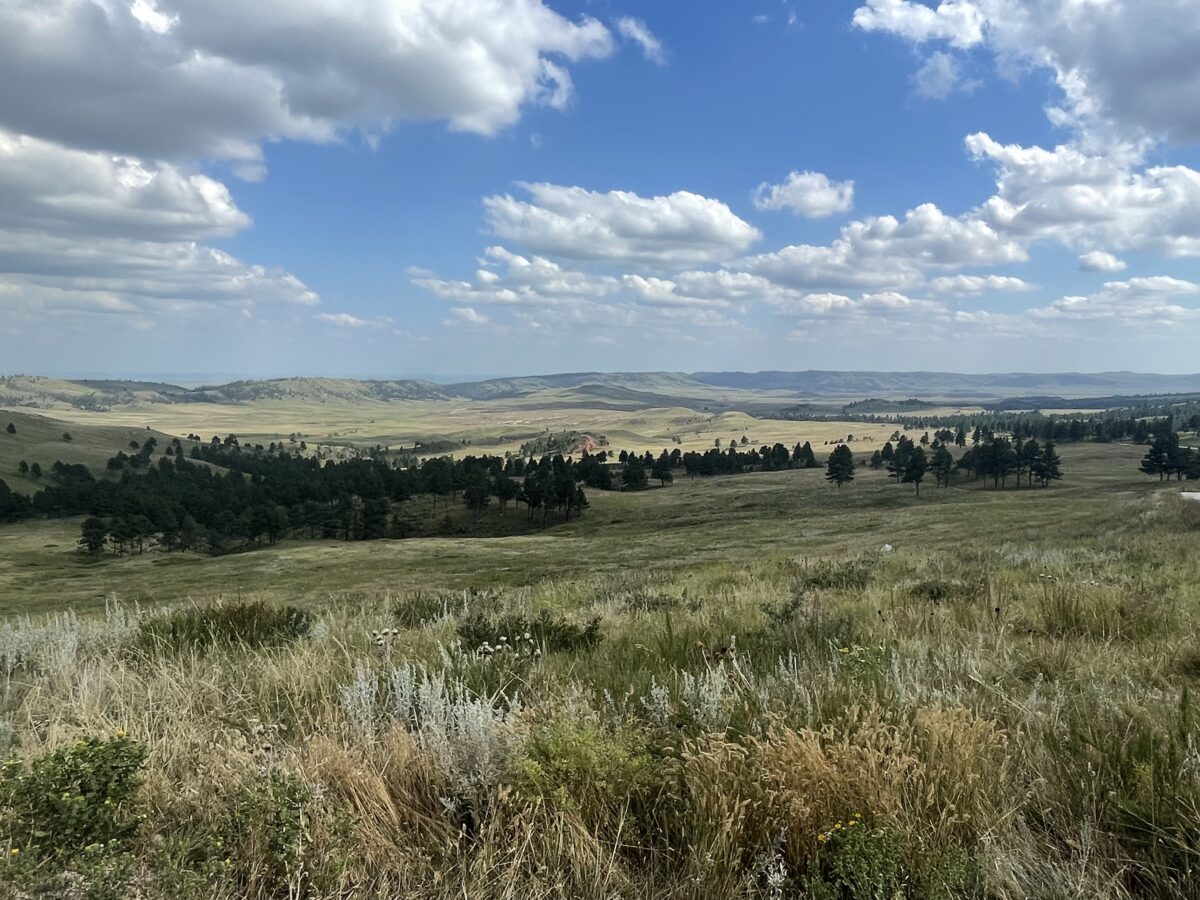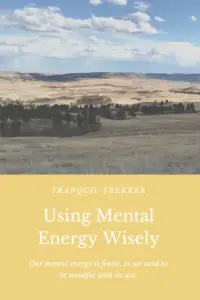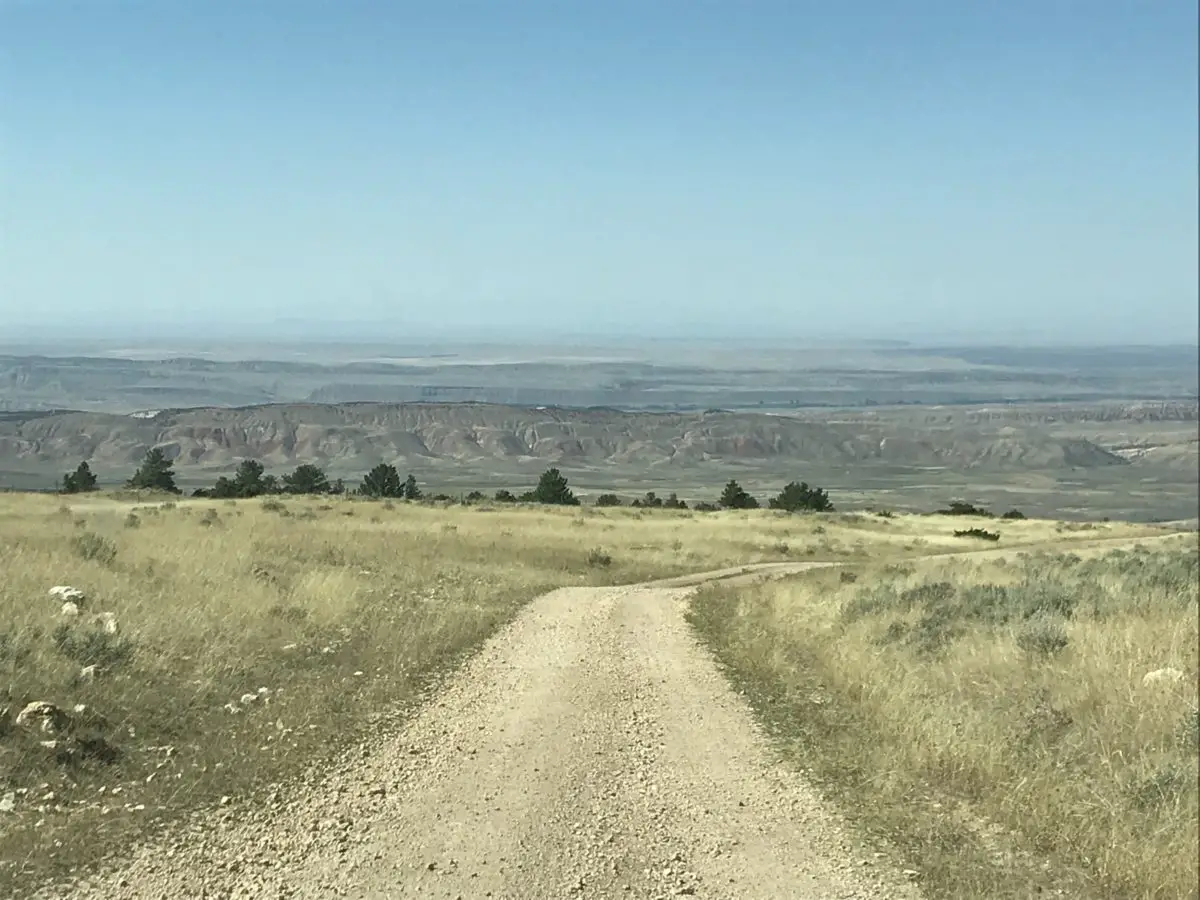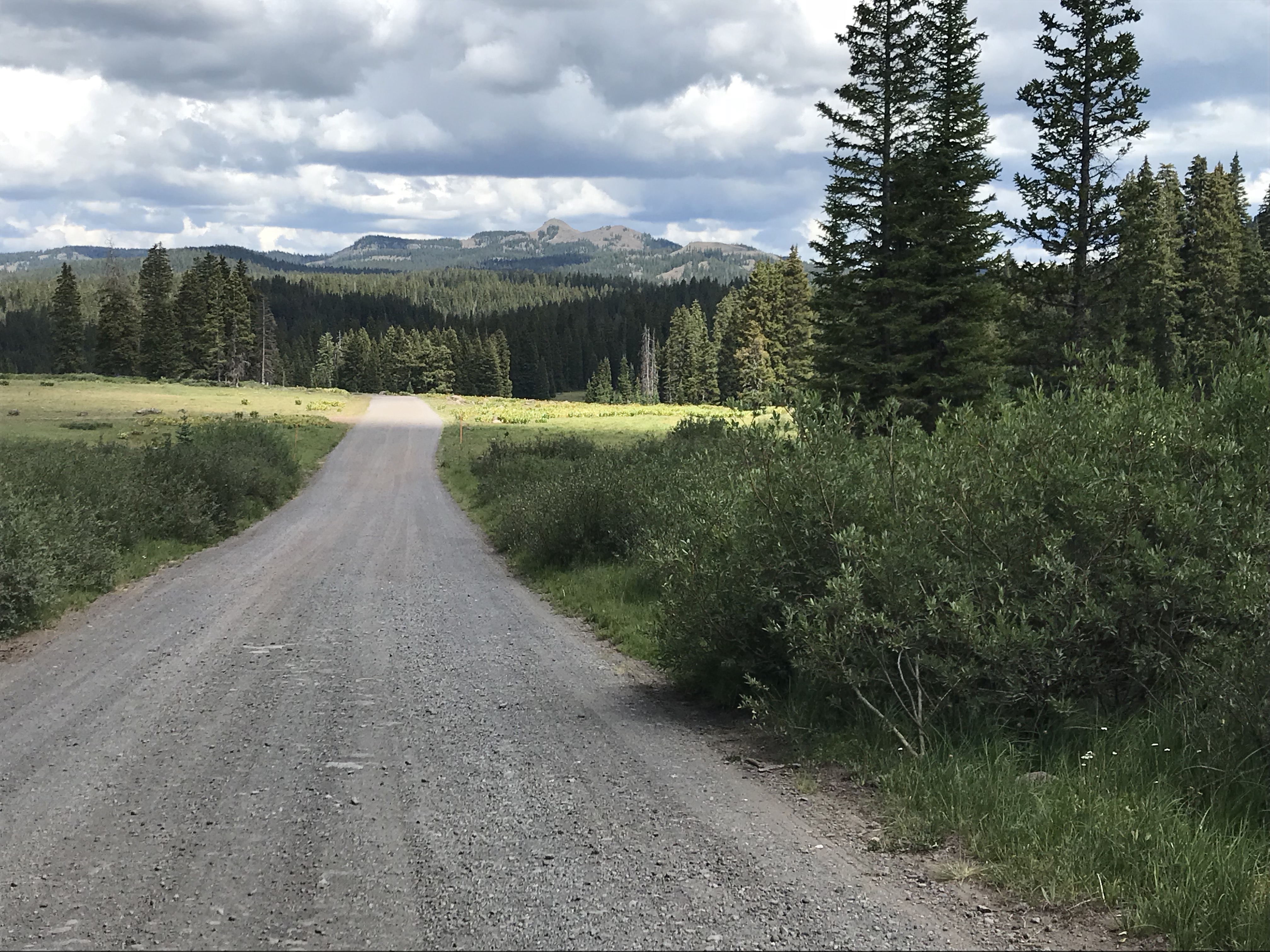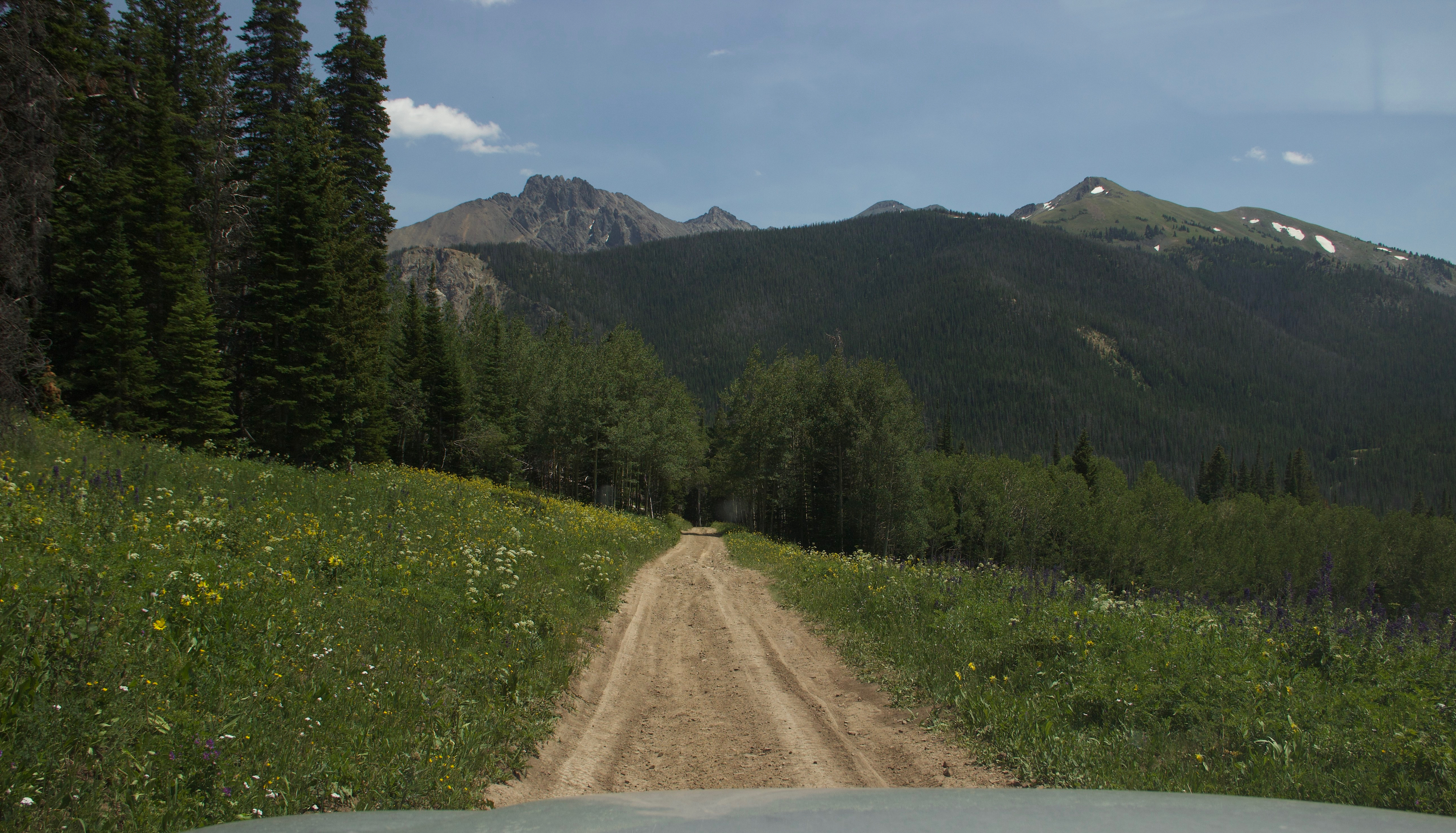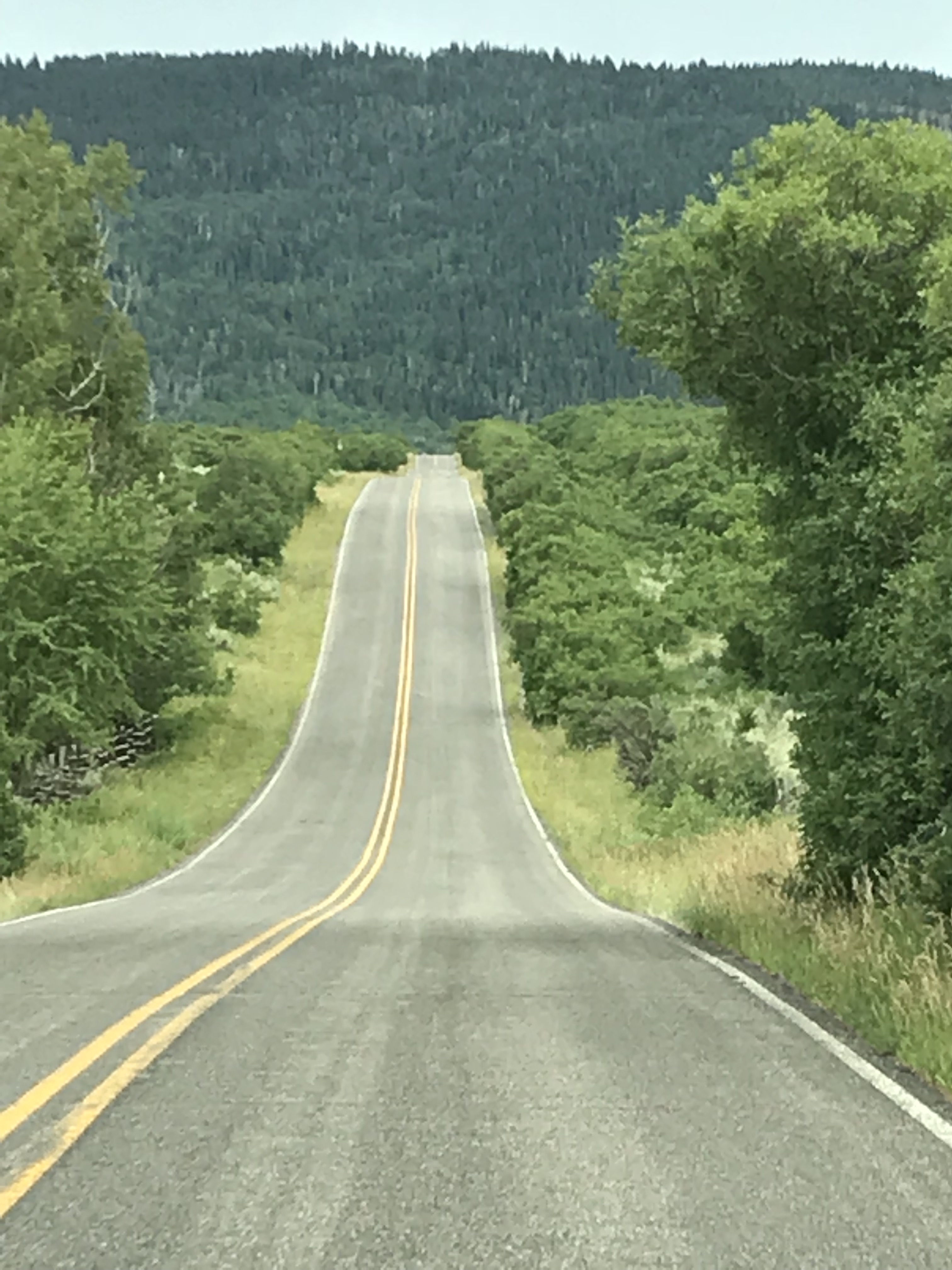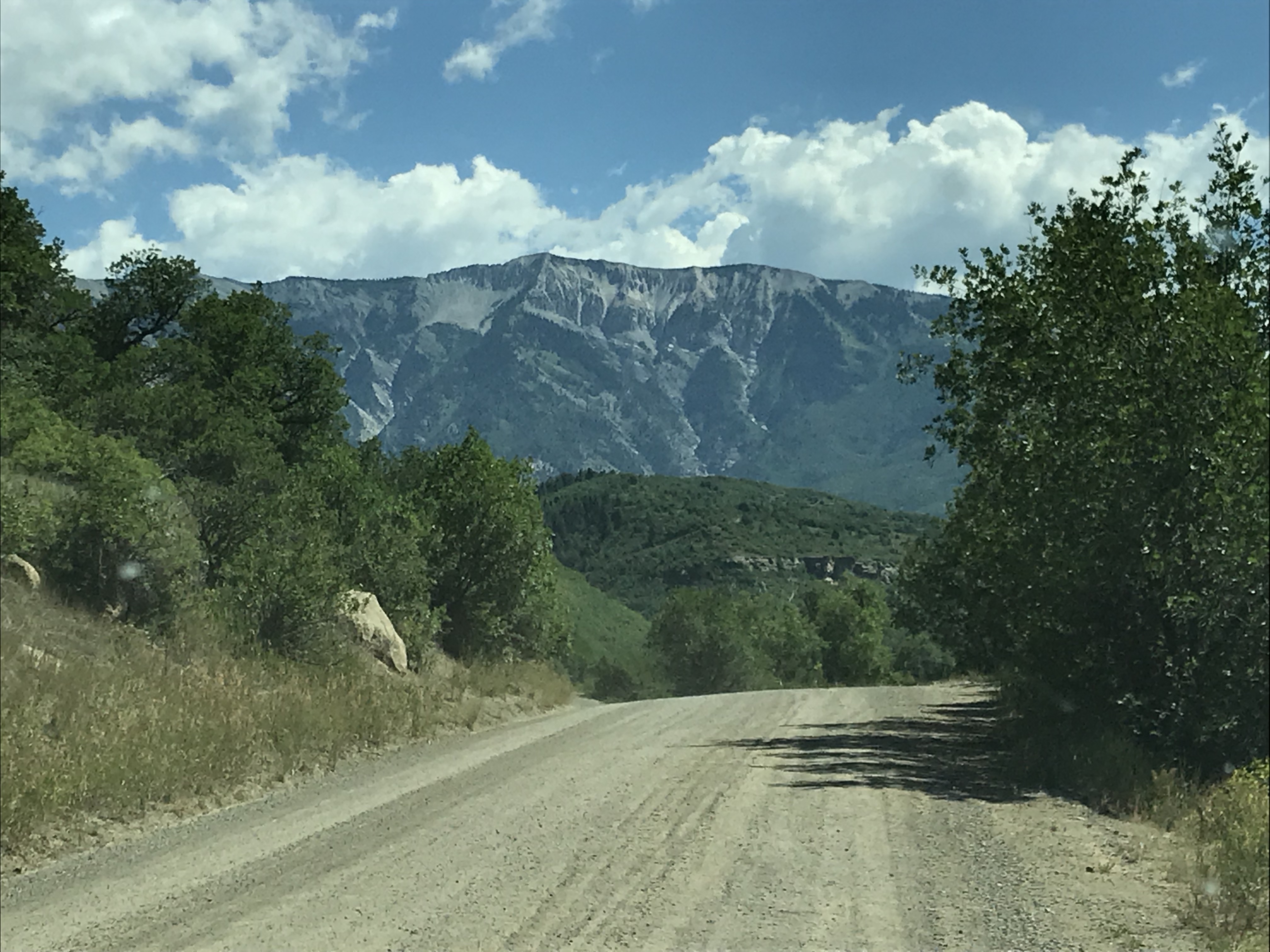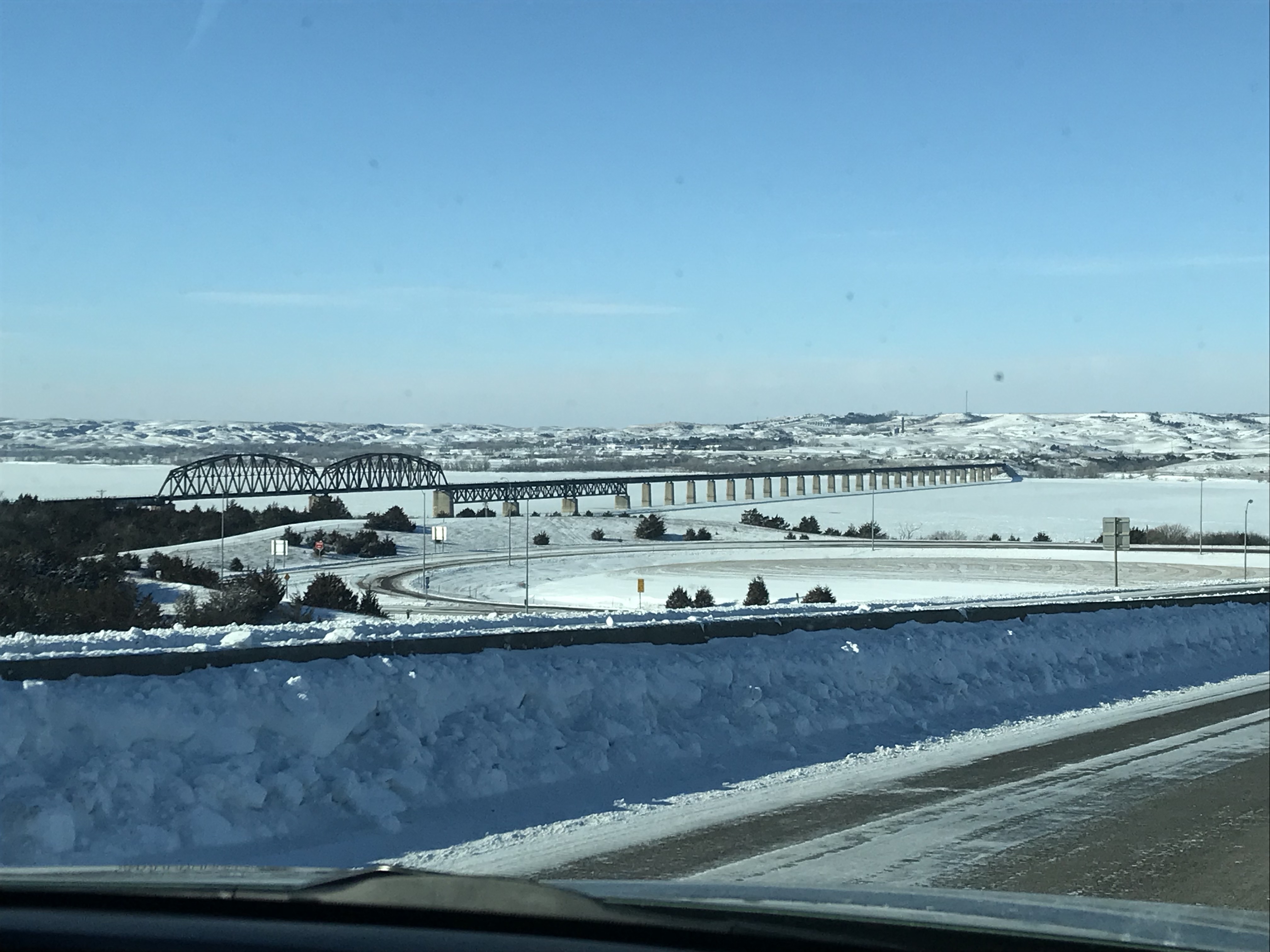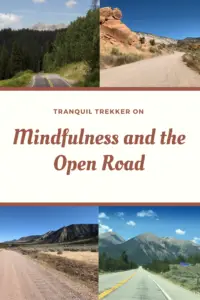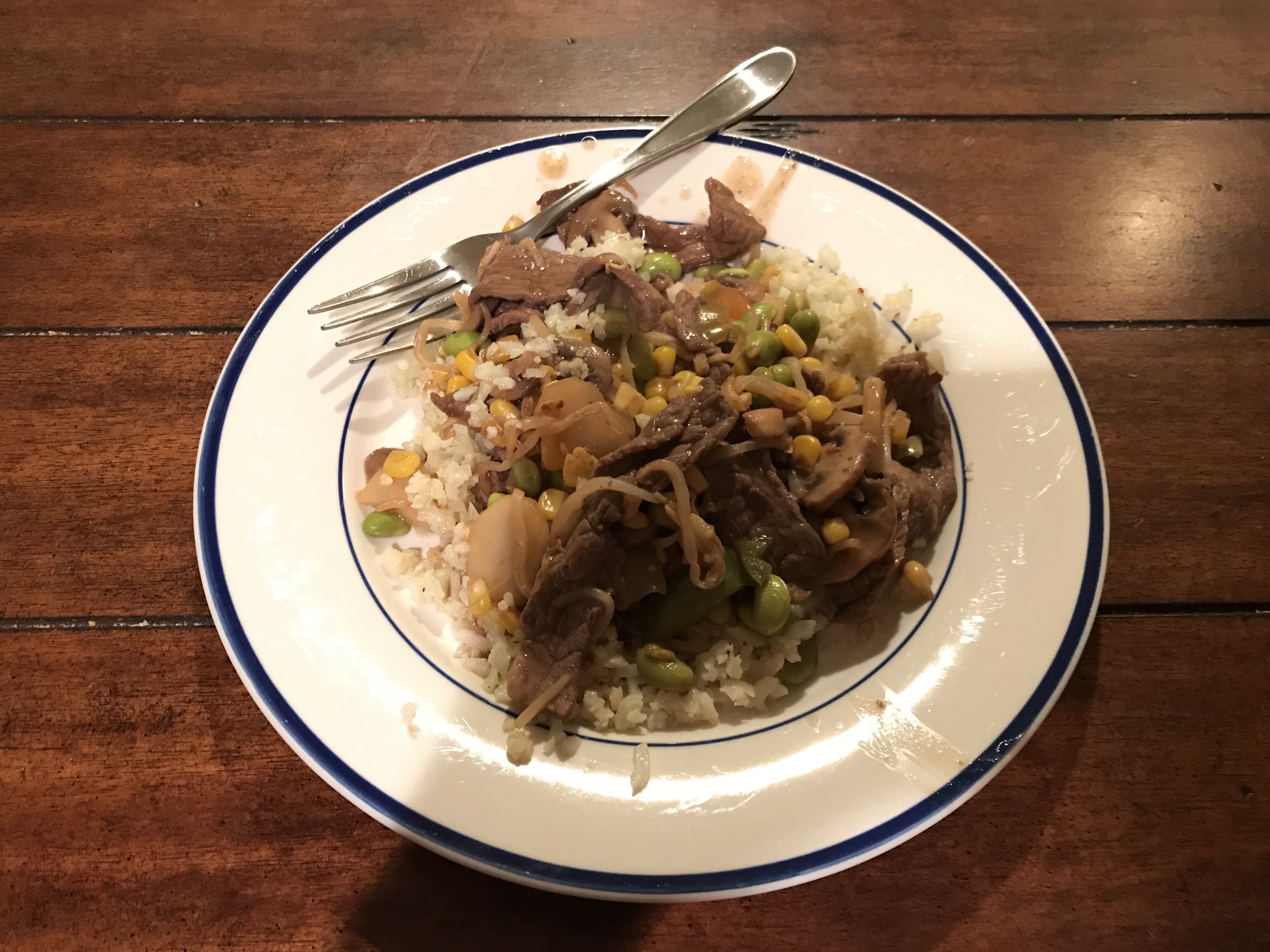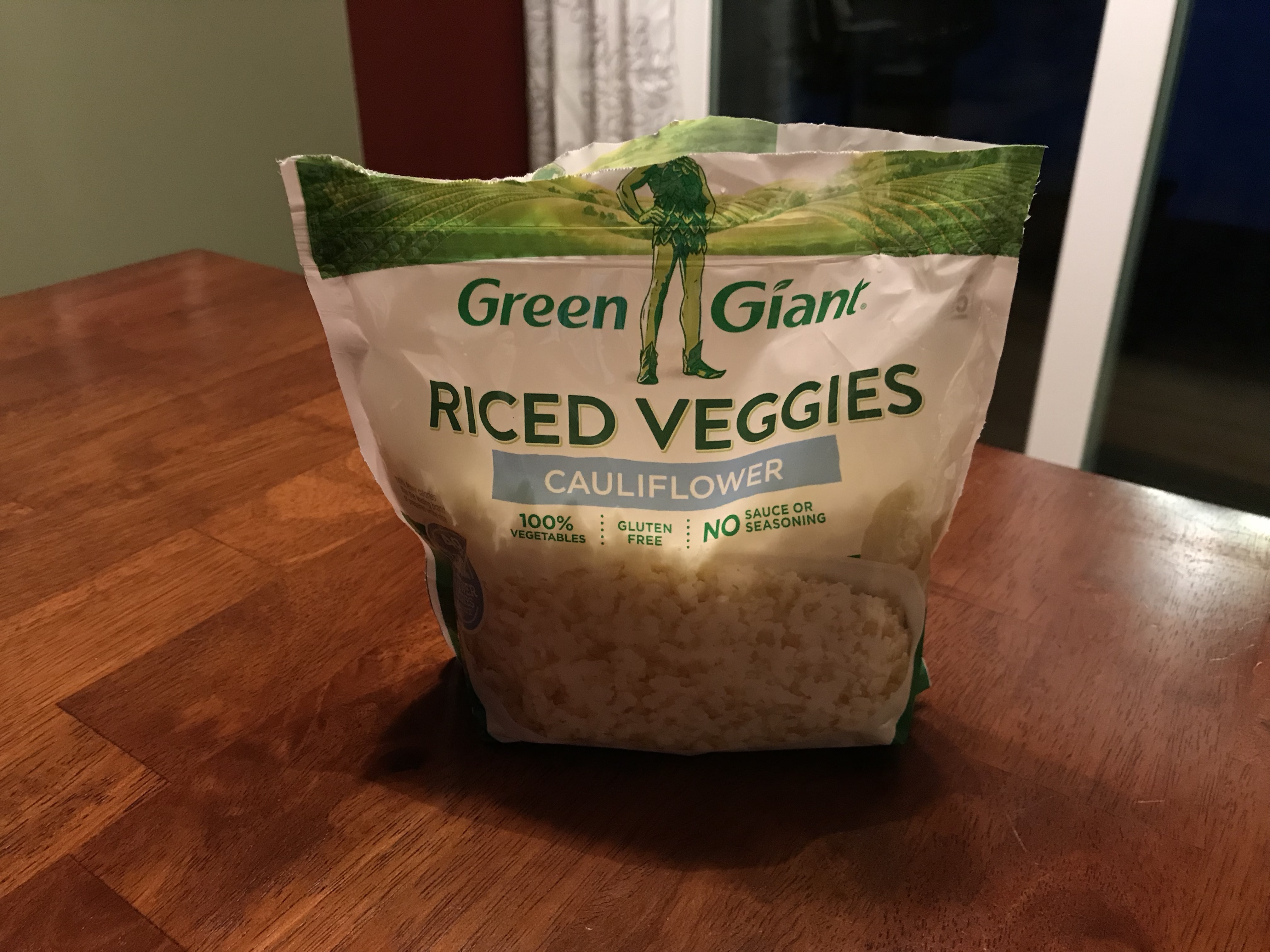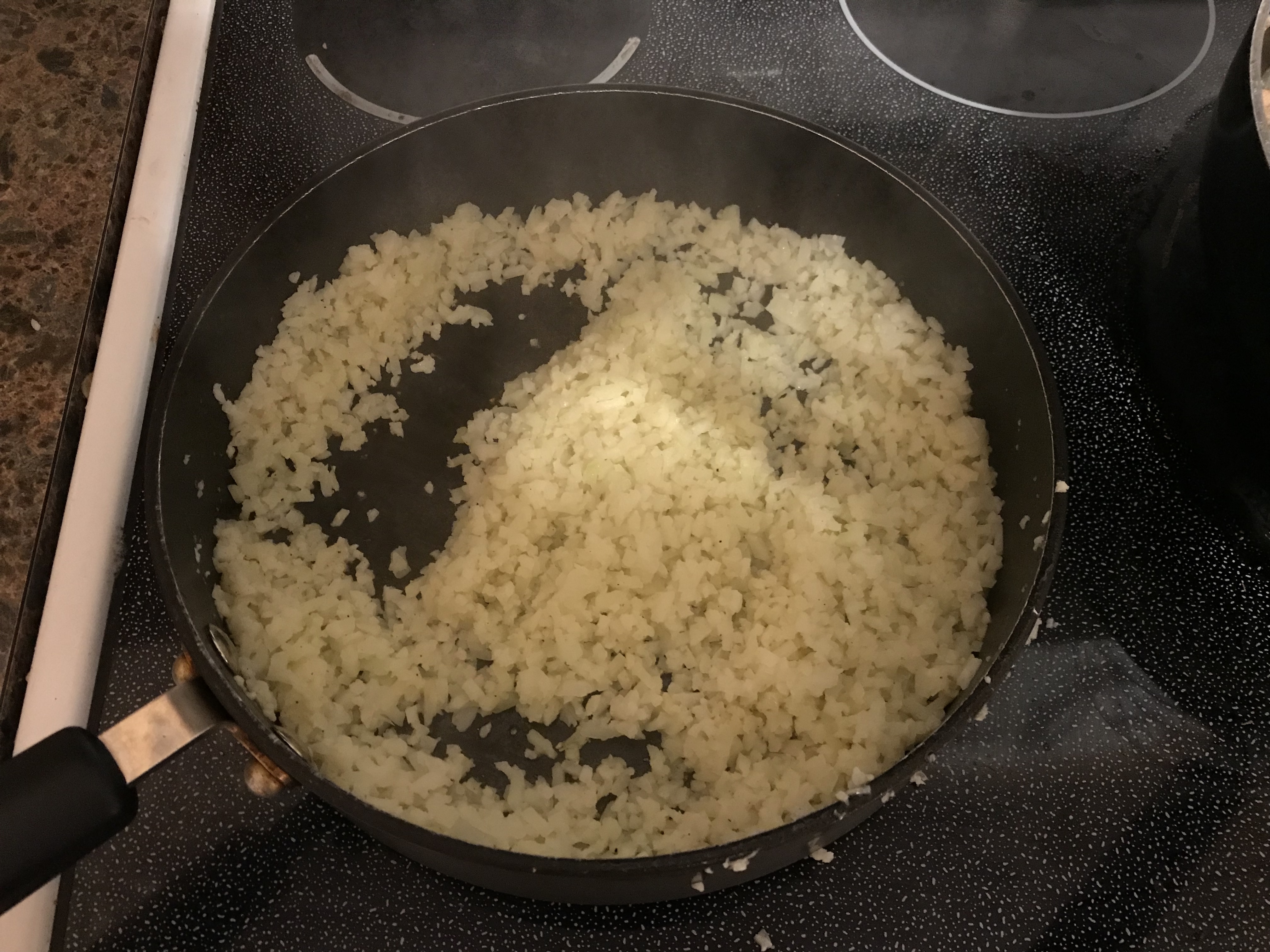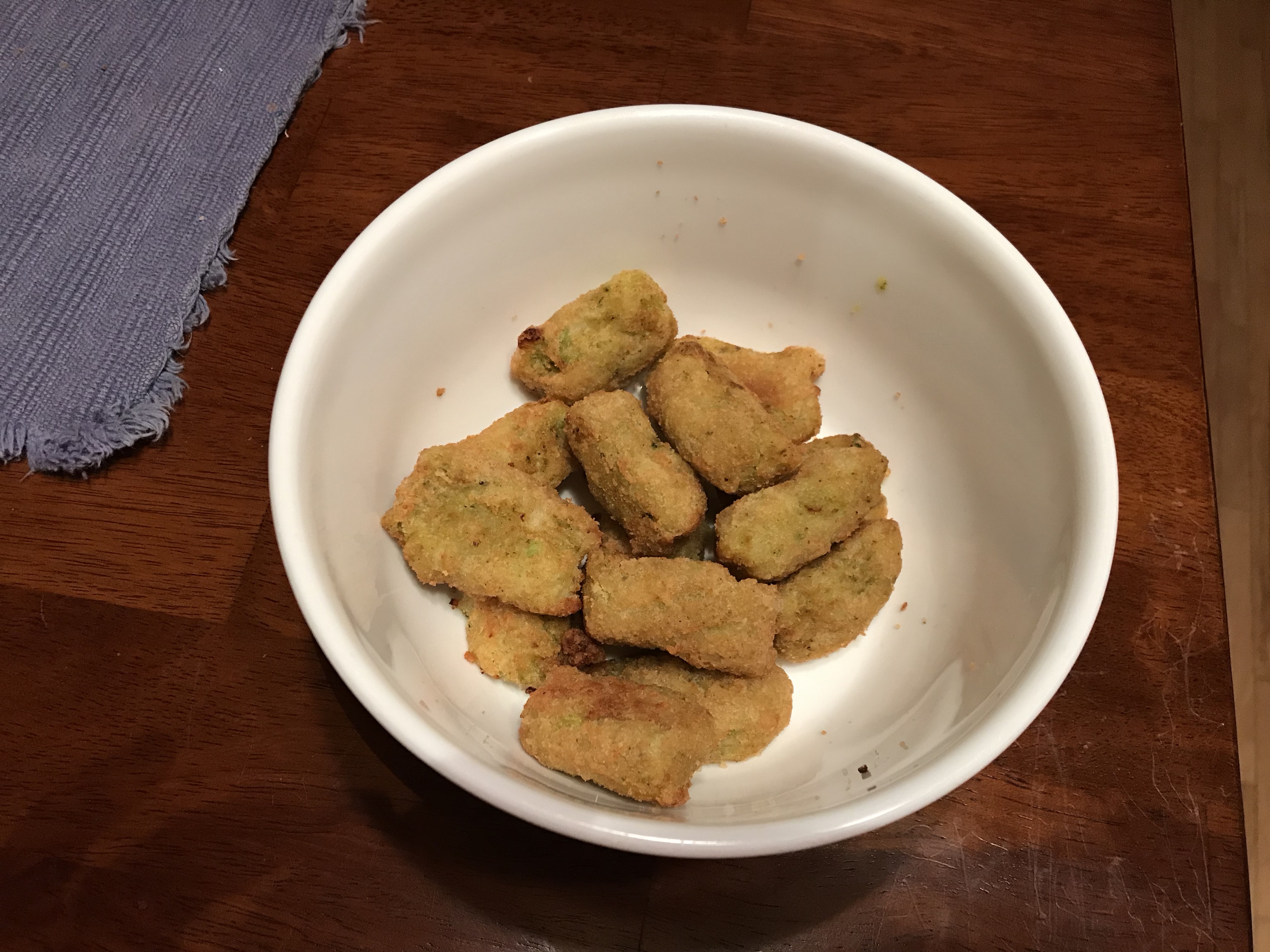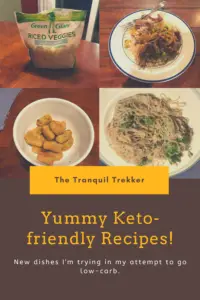Author’s Note: I wrote this article several years ago when I was working as a Freelancer, writing grants, online articles, and doing some consulting. Unfortunately, COVID brought that opportunity to a grinding halt (though I now have a more typical “9 to 5 job” I’m still blessed that it’s very flexible and it allows me to frequently work from home.) I thought people may still find my Freelance experience interesting though and I do hope to return to this type of work someday.
I cannot express how thankful I was that I was able to seize this opportunity. My thanks especially go out to my amazing hubby, as without him this wouldn’t have been possible (both emotionally and financially). A word of warning, this type of work is not all roses and sunshine. It’s hard work, there isn’t a lot of job security and it requires a large amount of personal discipline. But the freedom it gave me to live my life as I chose made it all worth it!
Can you freelance in most professions?
Freelance work covers a wide range of industries. It can be anything from online writing, web design, or consulting to an artist who is contracted for work or a person selling beauty products or supplements on the side.
A freelancer could be a stay-at-home parent who babysits other people’s children in addition to their own, jobs like Uber, or a dog walker. Basically, it is any service contracted between you and another party, for any type of payment.
Payment may not even be financial in nature. While I firmly believe no one should work for “free”, it isn’t unusual to do at least some freelance work for no financial compensation. Instead, “payment” could include experience earned, connections made, or even just the hope of future dividends paid. I got started as a volunteer and this eventually morphed into a paid opportunity.
Freelancing can be a physical job based on a hand-shake with a real human, or a gig in the new, online workforce where you may never meet or even see your client face-to-face. Literally ANYONE can do this!
Is freelancing a “real” job?
The answer is a resounding YES! (and it can be TOUGH!) Freelancing often gets a bad rap. It’s become more and more accepted and normal in the past few years (especially during COVID), and trends suggest this will only continue into the future.
But many people (and even some businesses and potential employers) treat it with condescension. They think all we freelancers do is sit on the porch all day, sipping on lemonade while we type on our laptops.
To be fair, there is a little truth to this idea (says the woman who is currently typing on her laptop while sitting on the porch. 😇)
But many don’t realize the effort that goes into freelancing…
A freelance job is stressful
I didn’t fully appreciate just how stressful freelancing would be when I first started. There are things they don’t tell you about this “dream job”. For one, you literally don’t get paid unless you’re actively working. That may seem silly to say, but you don’t realize just how tiring a day of work can be until you don’t make a dime unless the project is delivered and completed, to the client’s liking. Whether it takes you two hours or two days to complete the project, the payment is the same. Even if you bill a client on an hourly basis, you have to justify every minute of that hour.
At a typical hourly (or even salaried) job, you get paid for those breaks you take to run to the coffee machine, or the bathroom, or to stop by a coworker’s desk to discuss a project (and end up shooting the breeze for the next 20 minutes). As a freelancer, you don’t, you literally have to work for every…single…cent you make. It’s a wonderful, flexible, exhilarating, rewarding experience, but it’s also tiring. I can honestly say I felt more tired at the end of the day, working part-time from home as a freelancer, than I almost ever have working a normal, 9 – 5, hourly job.
There is a lack of job security with freelance work
There is also the financial strain of fluctuating, irregular income, and extreme job uncertainty with freelance work. While no job is “guaranteed”, people with long-term employment are usually pretty comfortable that their job will still be there next week or next month. With freelancing, there is virtually no job security. There are some contracted positions, but those are usually only “guaranteed” until the current project is complete (and as we all learned with COVID you can be laid off at any time, with little to no warning.) Most freelancers are continuously seeking out new work.
Freelancers work an irregular schedule
You can spend days or weeks with almost no work, and then a big project will crop up with little notice (which is wonderful, for the money and experience, but it can cause a lot of sudden stress and really throw off a family routine).
Please understand I don’t intend any of these statements as complaints. I LOVED working as a freelancer and hope to return to it someday. I am VERY aware of just how fortunate I was to even be allowed this opportunity. I just want people to understand that just like any job, working for yourself has its challenges, as well.
Freelancer pearls of wisdom
I learned a lot through my freelancer experience, and I know a lot of freelancers who are striving to make their “side-hustles” work, so I thought I’d pass on a few pearls of wisdom:
–Freelance work is INCREDIBLY rewarding. This was one of the only jobs where I actually felt like I EARNED every single dime I made (don’t tell any of my “real” bosses I said that! 😛) That felt REALLY GOOD!
It was ironic, I made less working as a freelancer than I had in more than a decade, but I felt more proud of the work I did and the income I received. It reminded me of when I first started working in high school. Even though the checks weren’t large, I knew I busted my butt for every single dime I received (of course, then Uncle Sam comes in and takes his share…😤)
–I find online freelance work can be surreal. It IS work, it takes time, planning, and mental energy. But it doesn’t FEEL “real”. Depending on the type of work you do, tt may not be unusual to only communicate with clients via email or online messaging. You may never hear their actual voice, or even know what they look like! Then there’s also the fact that your work is magically sent into the ether that is the World Wide Web, and then, a while later, if the client is pleased, money magically appears in your bank account. 😮
I’ve gotten several jobs through Upwork, a freelance matching service. There are several platforms like this out there that allow freelancers to connect with potential clients around the world. I’ve worked with companies as far away as Seattle. Living in western South Dakota, just a few, short years ago it would have been hard to even connect with a place like this.
–I am still somewhat amazed that you can actually make a decent income, literally working from your backyard. I have learned that there are actually legitimate companies out there that will pay you a decent wage to work from home. It takes a little luck to get established and to find some of the connections, but once you get over that hurdle, depending on the time you have available, your internet connectivity, your skillset, and your determination, you can make a decent career for yourself as a freelancer.
–I liked being able to pick and choose what companies I wanted to work with and what projects I wanted to work on. Obviously, if I was picky, that meant less money in my pocket. But it enriches your work life when you don’t have a boss forcing you to work on a project you aren’t interested in or being forced to work with a company you don’t respect.
–I had to learn about things like quarterly tax payments to the state, and “estimated tax” to the Federal government. Ugh, every time I had to deal with the bureaucracy involved with these my Libertarian heart grew a little larger (and I say that as a former State employee living in a business-tax-friendly state! 🤑)
–Then there’s the constant bane of my existence, the one act of blogging that makes me want to rip my hair out and throw the–not inexpensive–laptop across the room…the dreaded coding. 🤮 I HATE coding! I’m learning to do it, though I’m still an extreme novice, but I HATE it. I know, this is an unpopular opinion, and I probably just made a bunch of “Women-in-STEM” advocates cringe, 😉 but I can’t help it. I HATE it! 😋
I find coding is a tedious process. The more I understand, the more I can use it, but it just doesn’t spark my interest. A lot of people really enjoy it, and I can kind of understand why. It is like a puzzle that needs to be solved (kind of like math, which I also HATE! 😉)
But for me, the time spent trying to figure out why that stupid heading INSISTS on remaining in the middle of the page just feels like a waste of time. It’s probably mostly that the blog isn’t making much income at this time. That’s ok, that’s how these things work and I understand that. The hope is that it will pay dividends in the future. But I think the stress of spending hours fighting the code would be much easier to handle if a hefty salary came along with it. 😛
Goals I was able to achieve in my attempt at freelancing:
-
-
- I’ve was able to develop a decent portfolio of online travel writing that served me well in long-standing jobs
- My grant writing career didn’t progress like I hoped it would. COVID, and the resulting economic decline saw to that. I did find I could only focus on a few projects at once, so having one or two clients I could place all my focus on was much better than having to divide that focus out among numerous agencies.I originally started by providing volunteer services. I learned A LOT during those years, and am happy to say that knowledge paid off as several grants I submitted were approved for funding. It’s incredibly satisfying to be able to help local, non-profit agencies that I care about and can see literally helping people in my own community, to be able to continue to provide those necessary services.
- For a short time, I was able to work as a consultant for a local agency and was able to pull from several previous jobs to succeed in that position.
- Regarding the blog, I have learned SO MUCH regarding marketing, social media, and coding and I’ve even begun to master the much-dreaded SEO. 😮 Don’t let anybody kid you, maintaining a blog can be a full-time job in itself. But I’m excited to say I’m finally starting to see some success and growth!
-
You won’t find a more flexible, family-friendly work environment than that of a freelancer. But, there’s also the stress that comes from uncertain job security and the financial strain that’s caused when you move away from a steady, full-time income (and benefits). This is made far easier for anyone who can lean on a partner or spouse for financial support or things like health insurance, but not everyone is in that position, which makes freelancing even more difficult.
To Conclude
Many people pursue freelancing on a part-time basis as the ever-popular “side hustle“. This is a GREAT way to get started, it’s also far smarter and more secure financially. But it poses problems of its own…
We’re all busy, trying to carve out time in our days around work, house chores, dealing with kids and/or elderly parents, or working around busy family schedules. Finding time to fit in an additional job, especially one where you may not make much money for the first several years, can feel like an insurmountable obstacle.
I pursued this endeavor under the best of circumstances (I was financially able to lean on a partner for support and we don’t have kids), and I STILL felt the stress and eventually failed at my endeavor (at least for now. 😉) I can’t imagine how people who deal with additional stressors manage. So to all the other freelancers out there, trying to make it as a pioneer in this new, gig economy, my hats off to you!
Have you done freelance work? What have you learned? Are you interested in becoming a freelancer? What additional questions do you have? Let me know in the comments!
Did you enjoy reading this post? Pin it!
Like what you read here today? Please feel free to leave a comment, like or share this post! Add your email at the bottom of the page, or the sidebar to the right, to be notified when a new post is published. By signing up for the email list, you will also receive a free copy of the Tranquil Trekker’s Top 10 Tips of Trekking Do’s and Don’ts!
You can also follow the blog on social media by clicking the links below!
